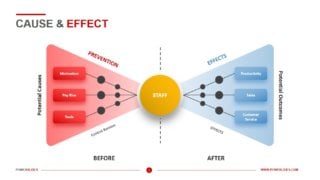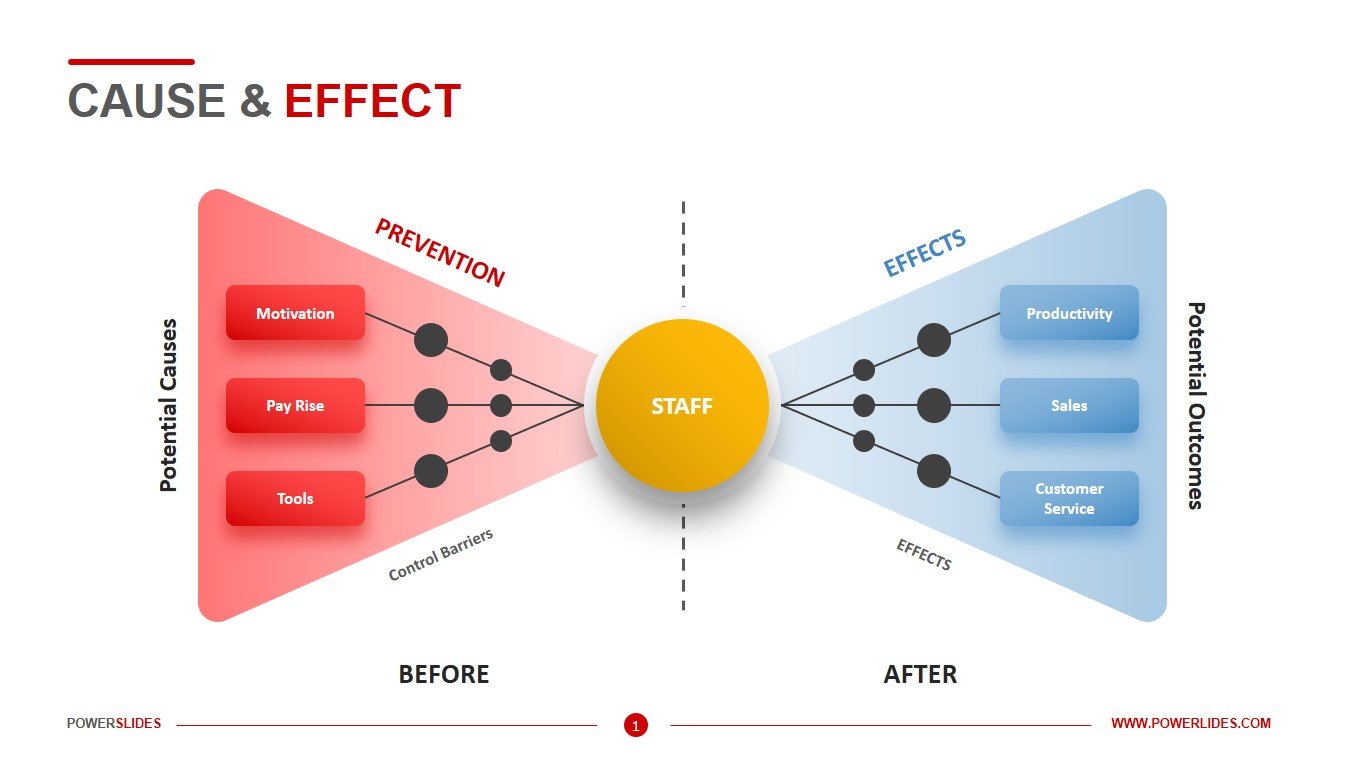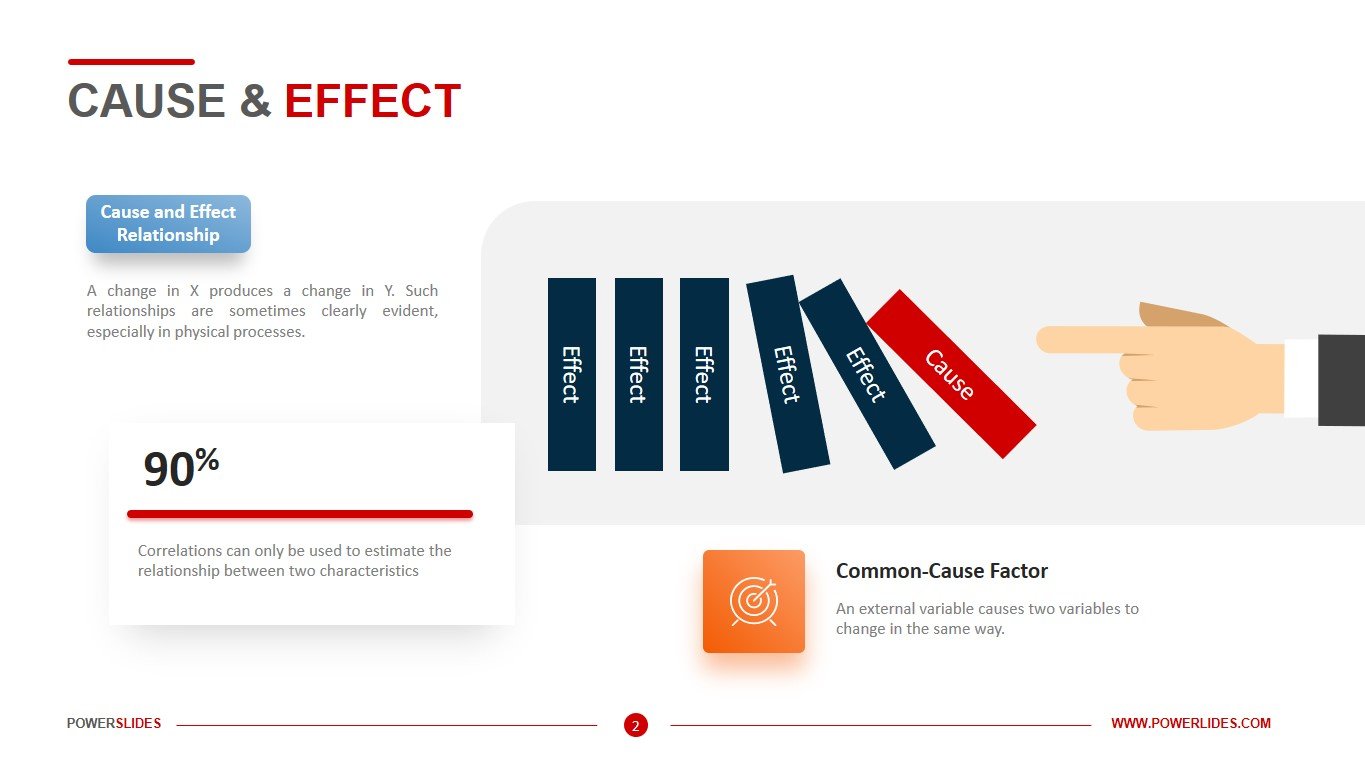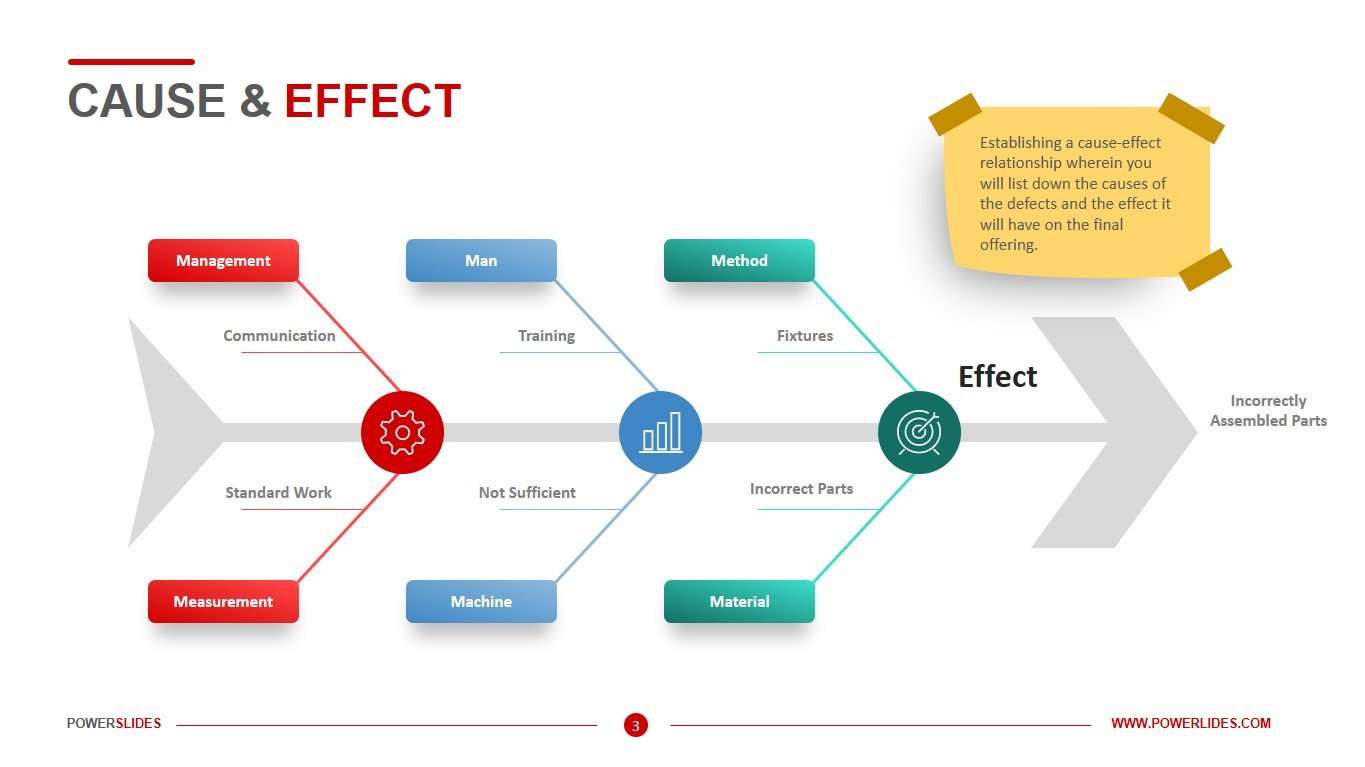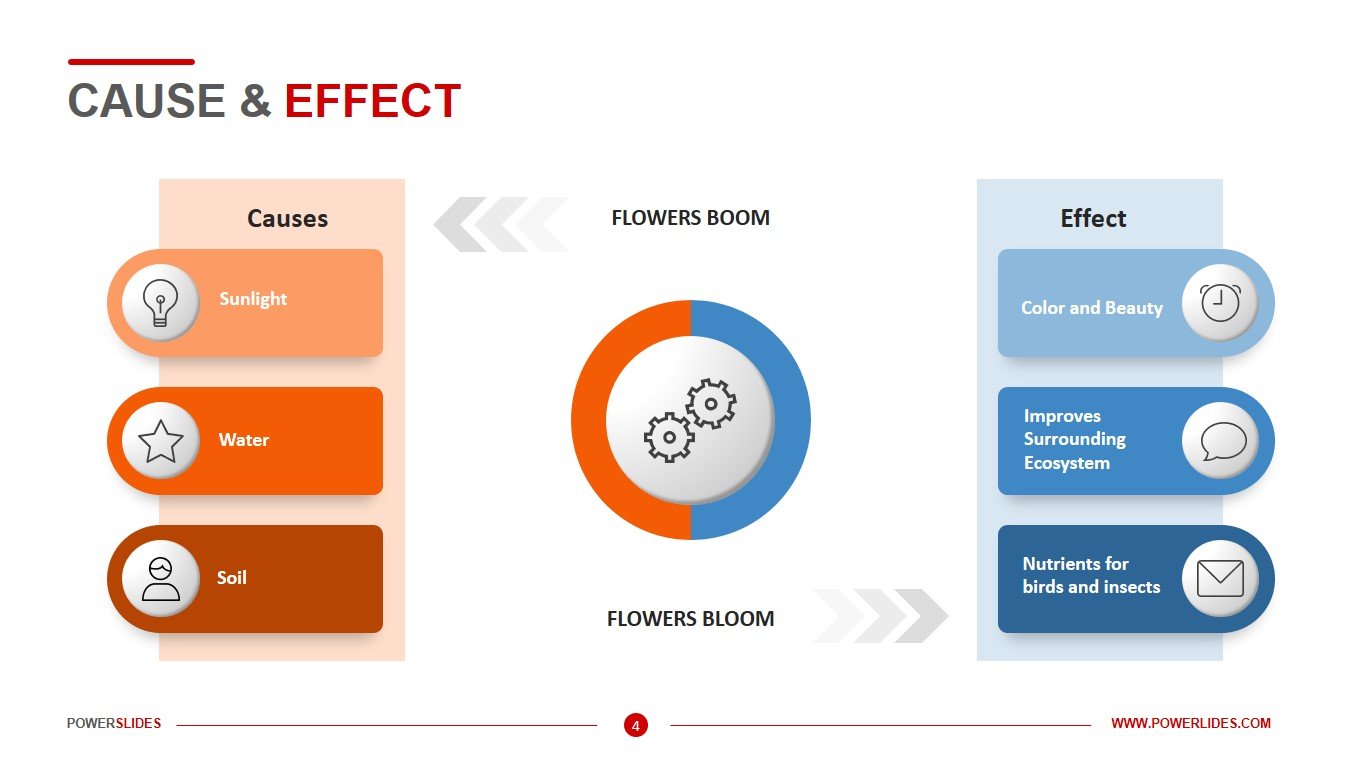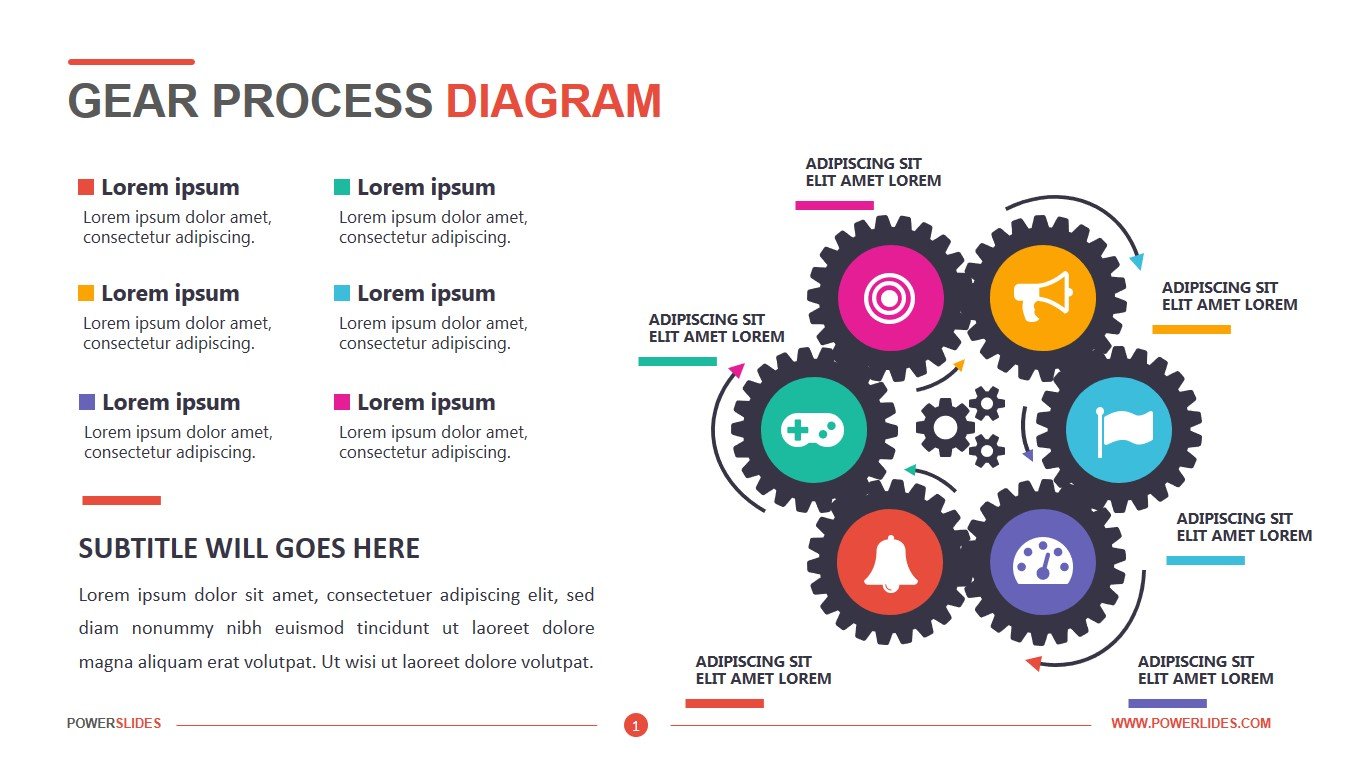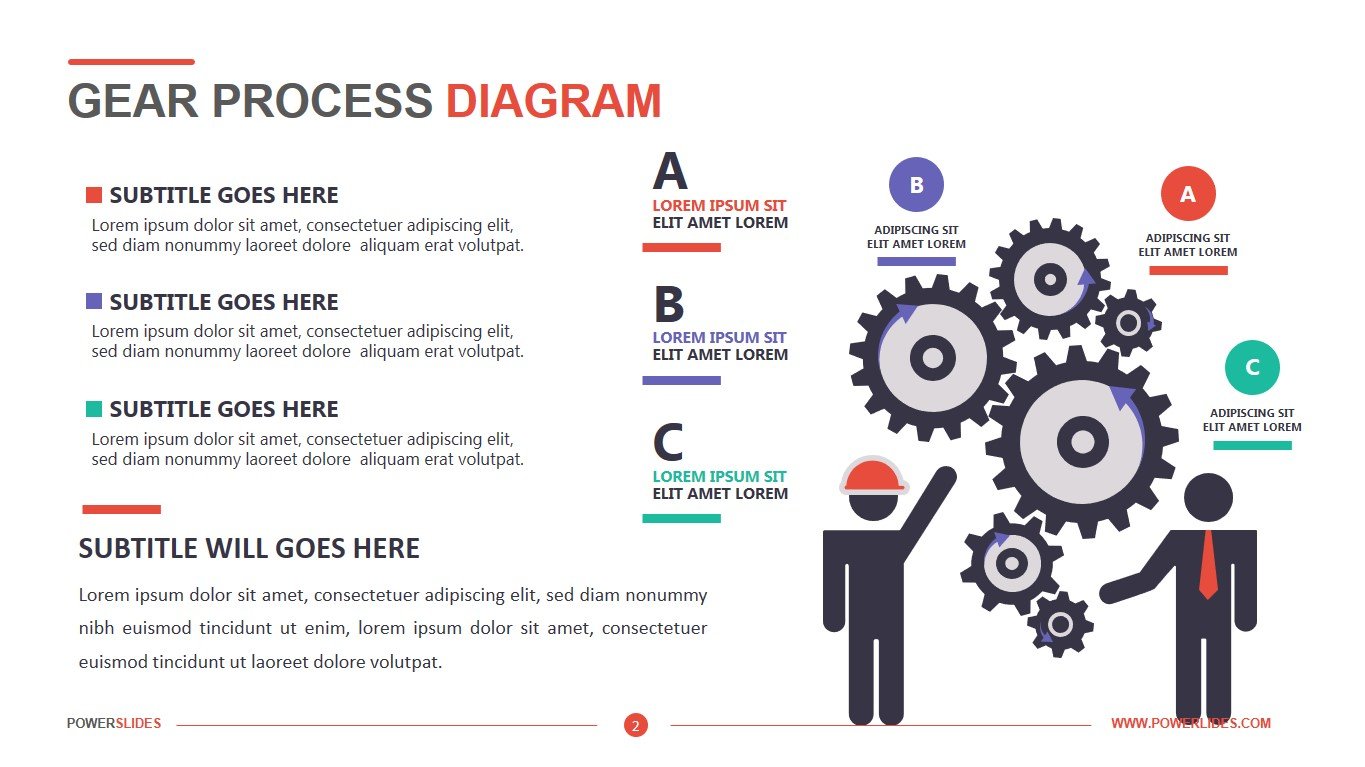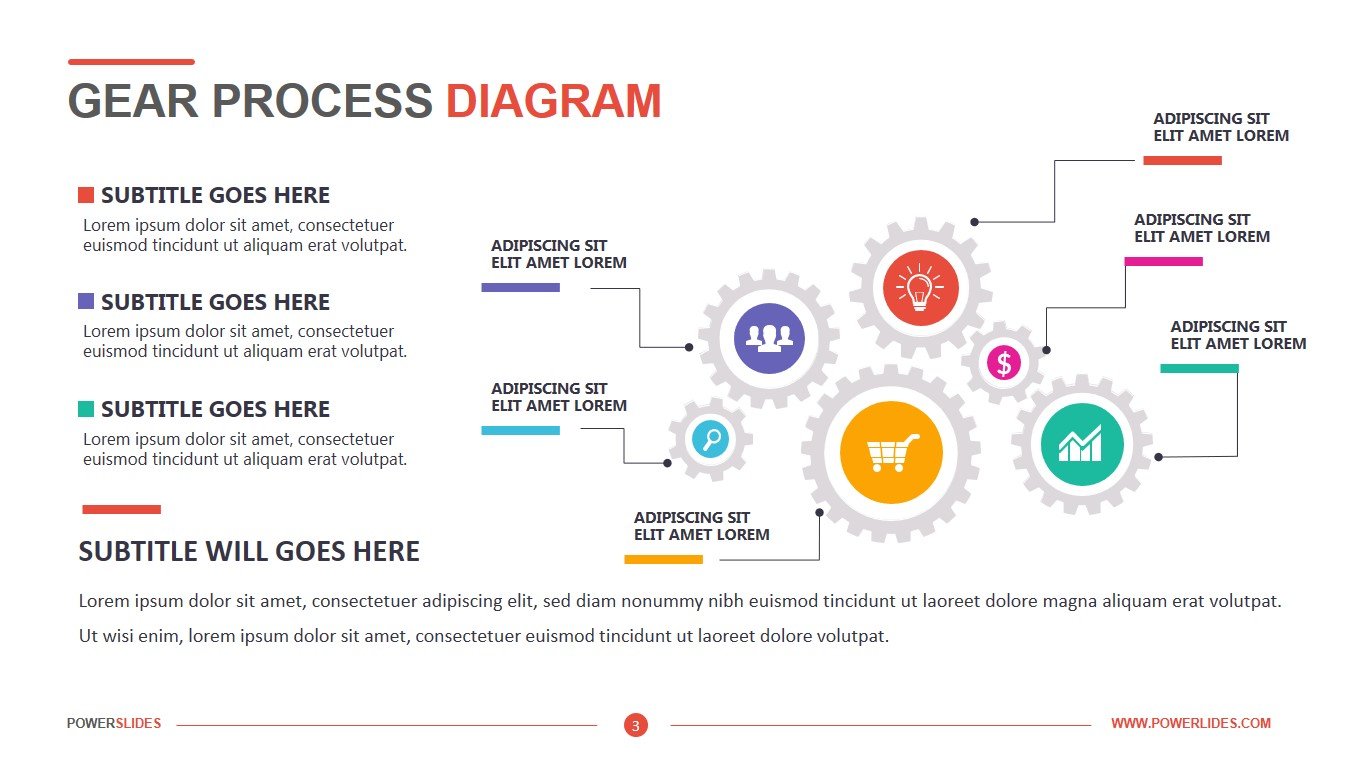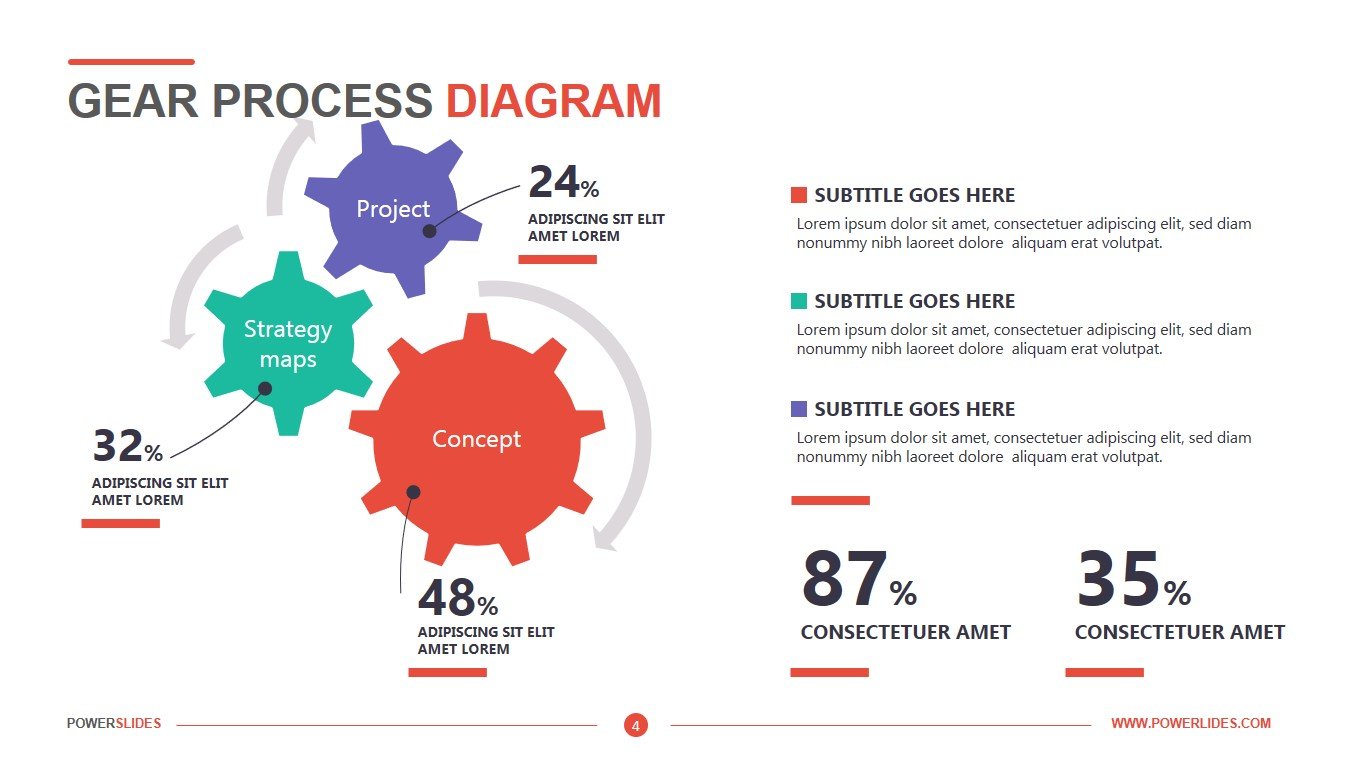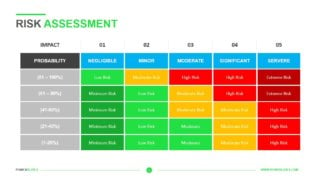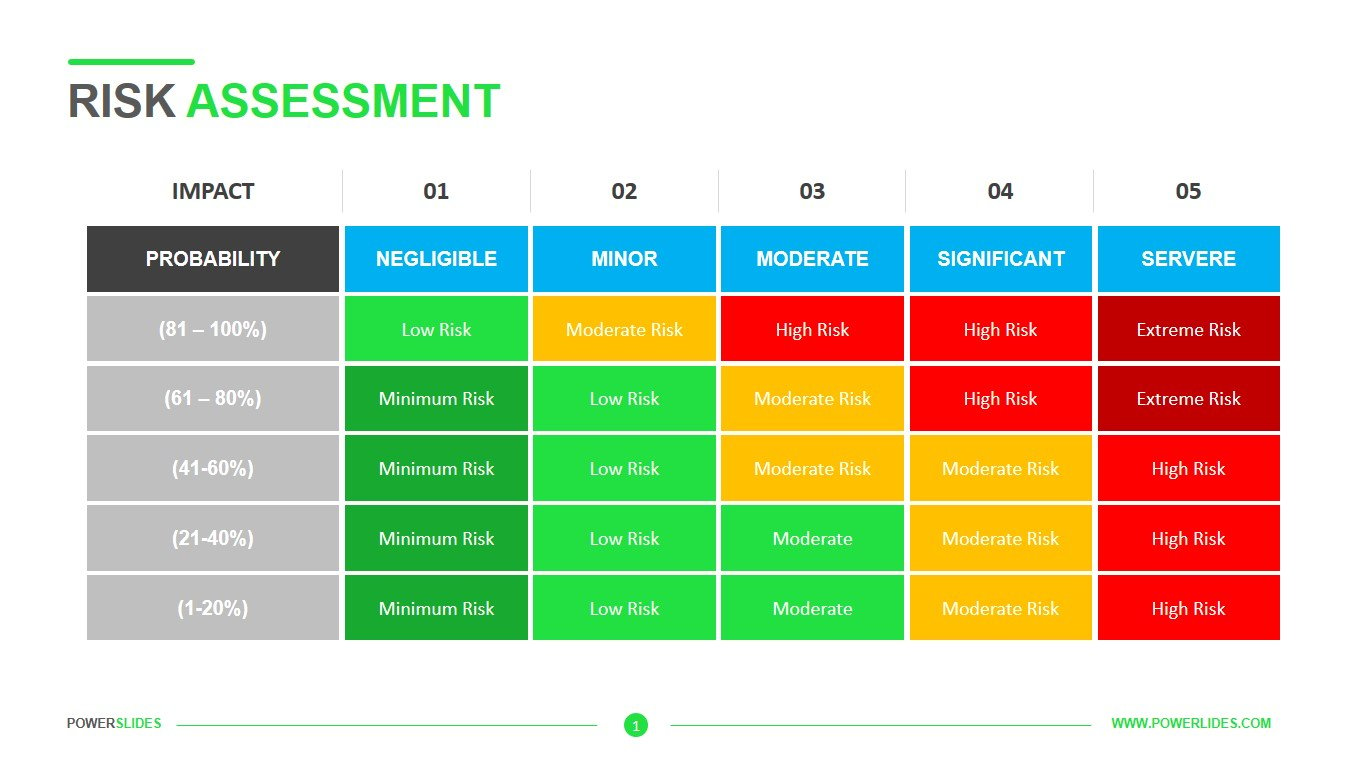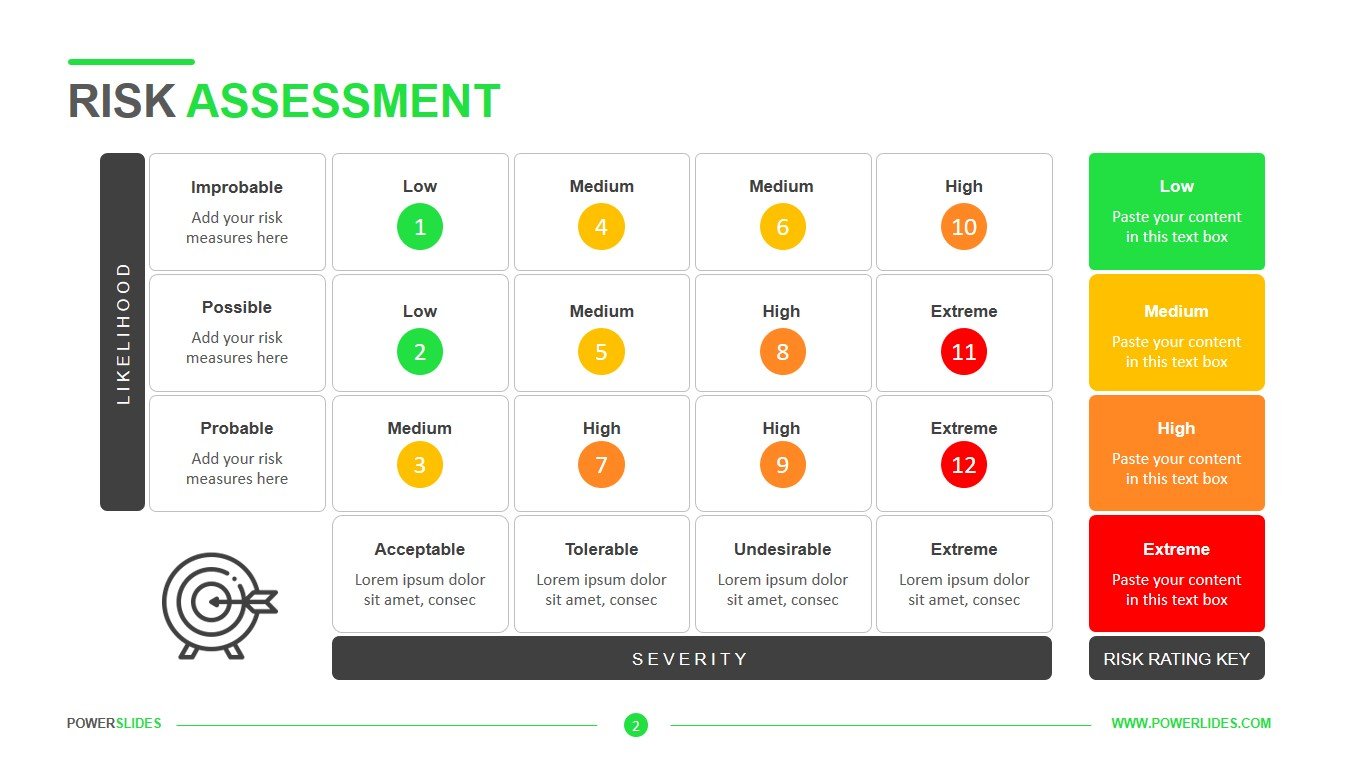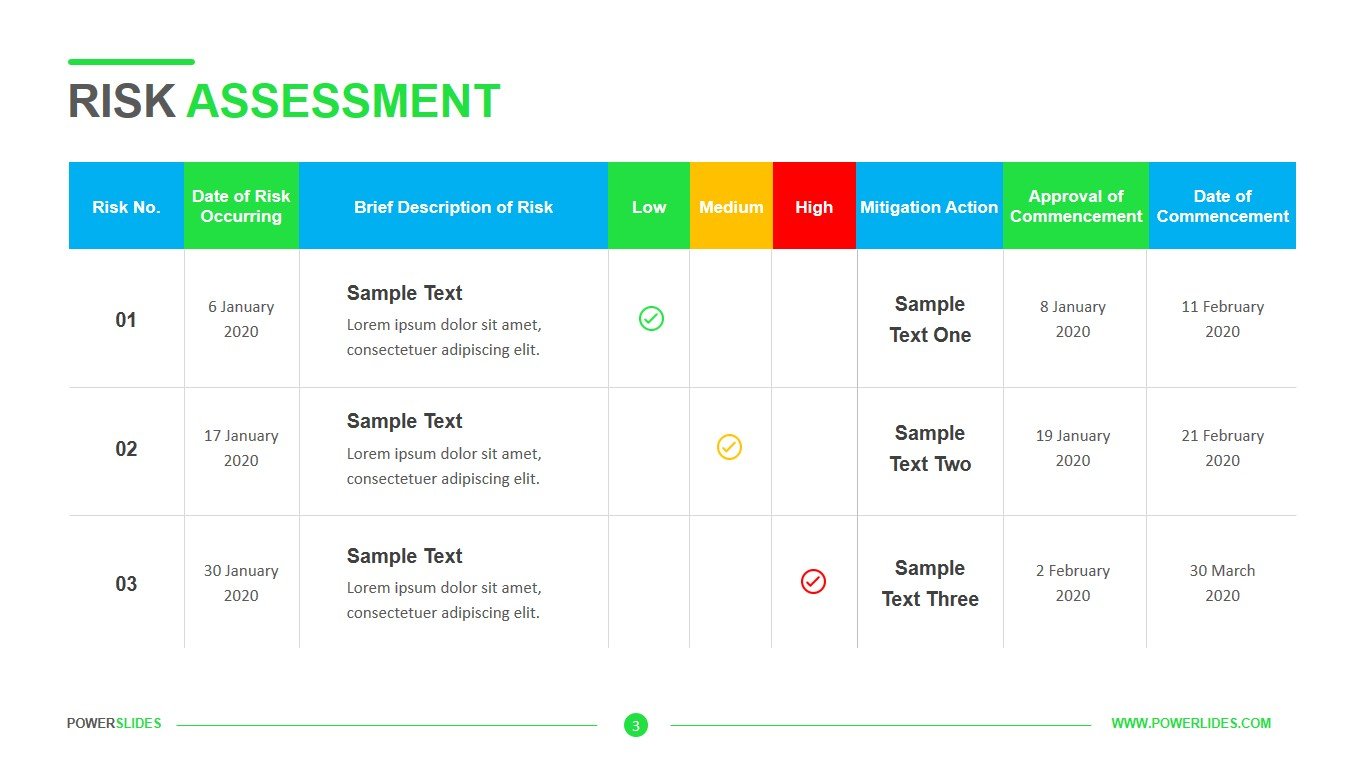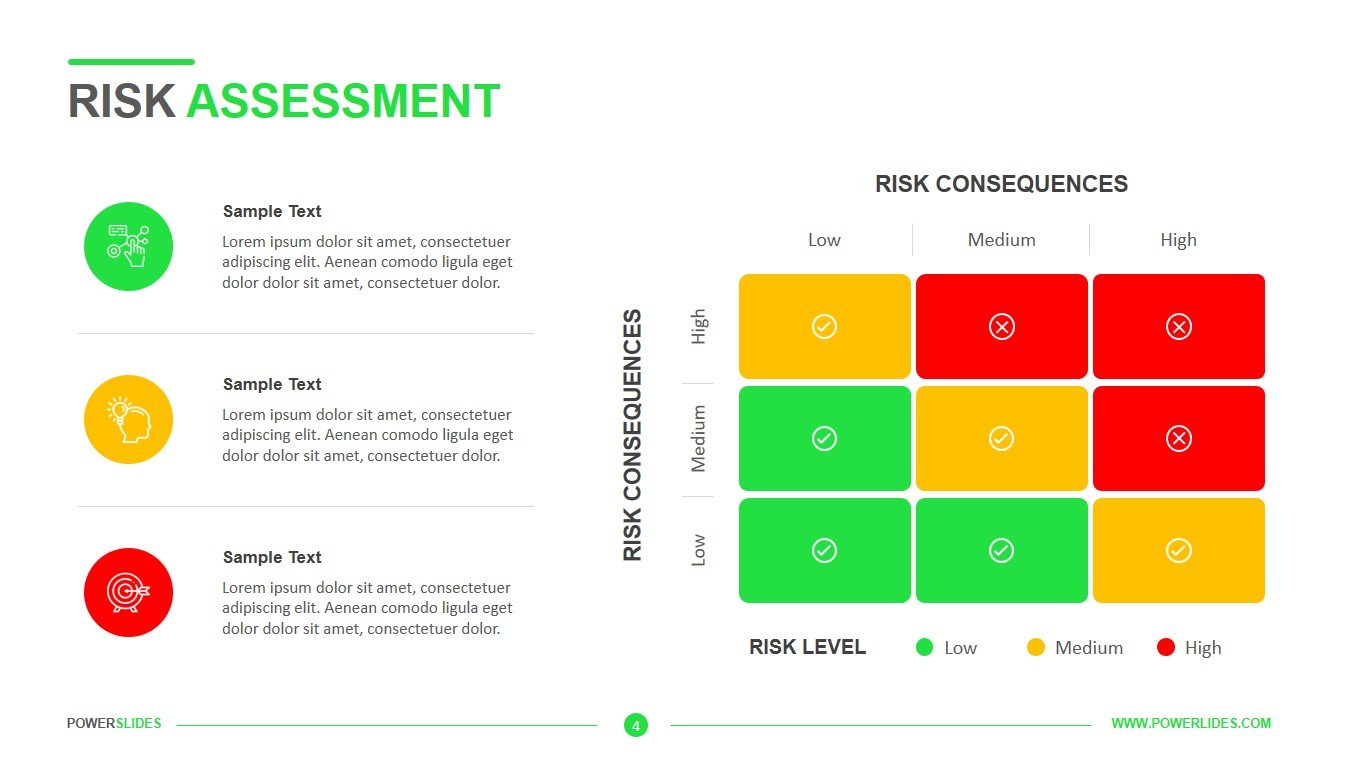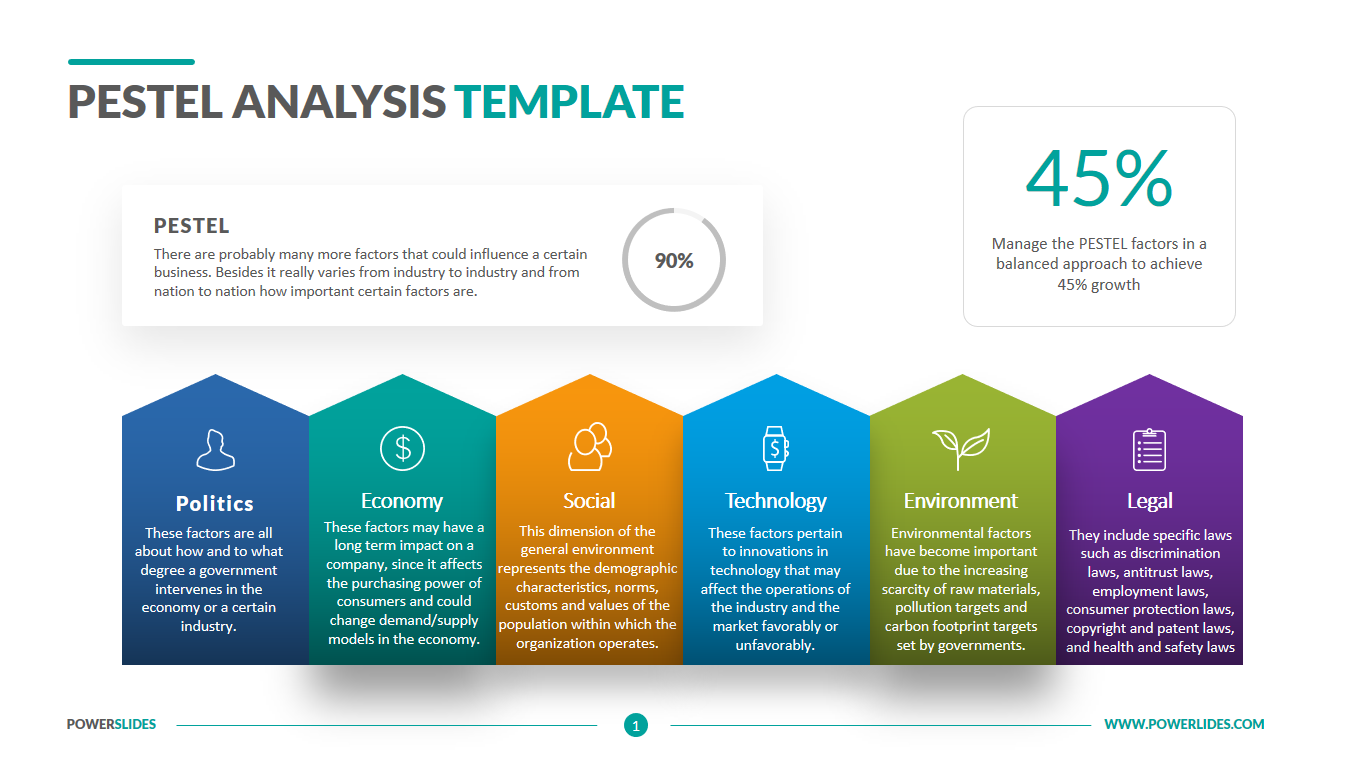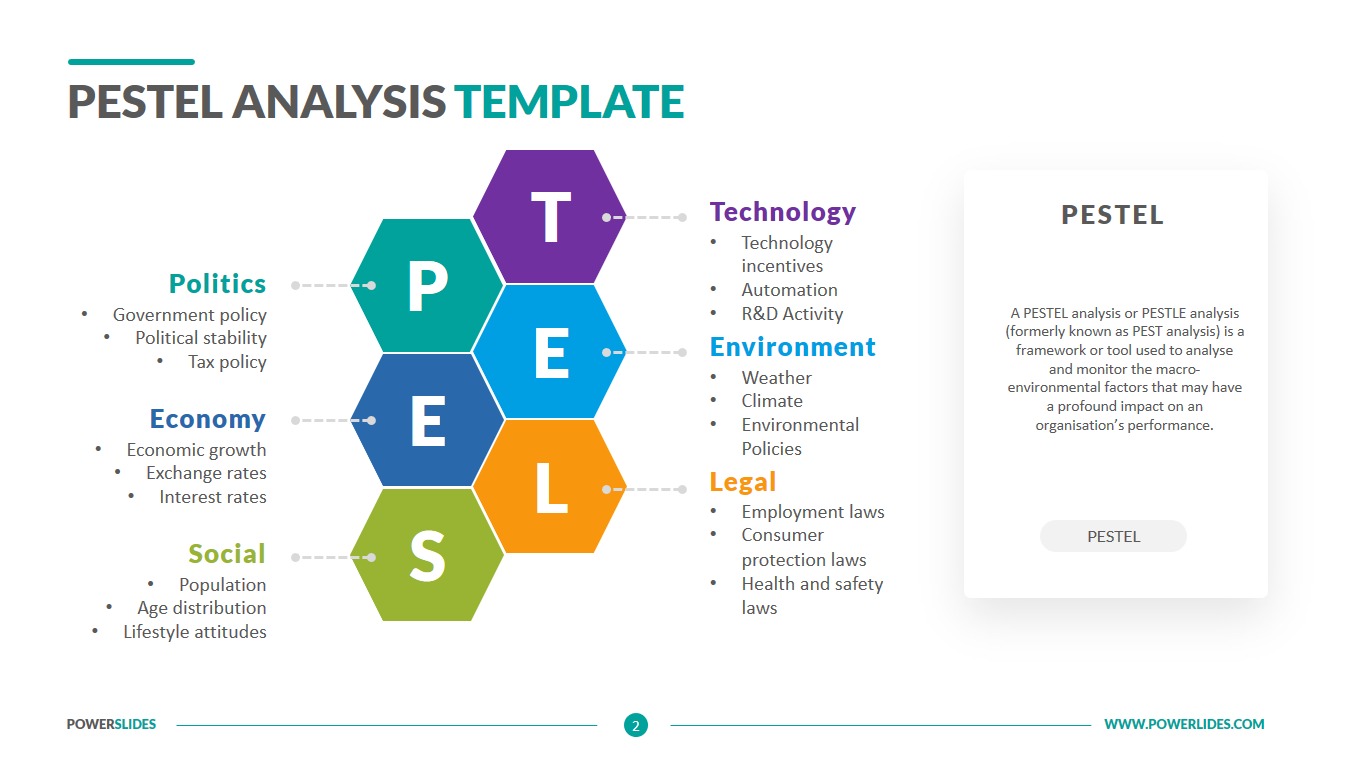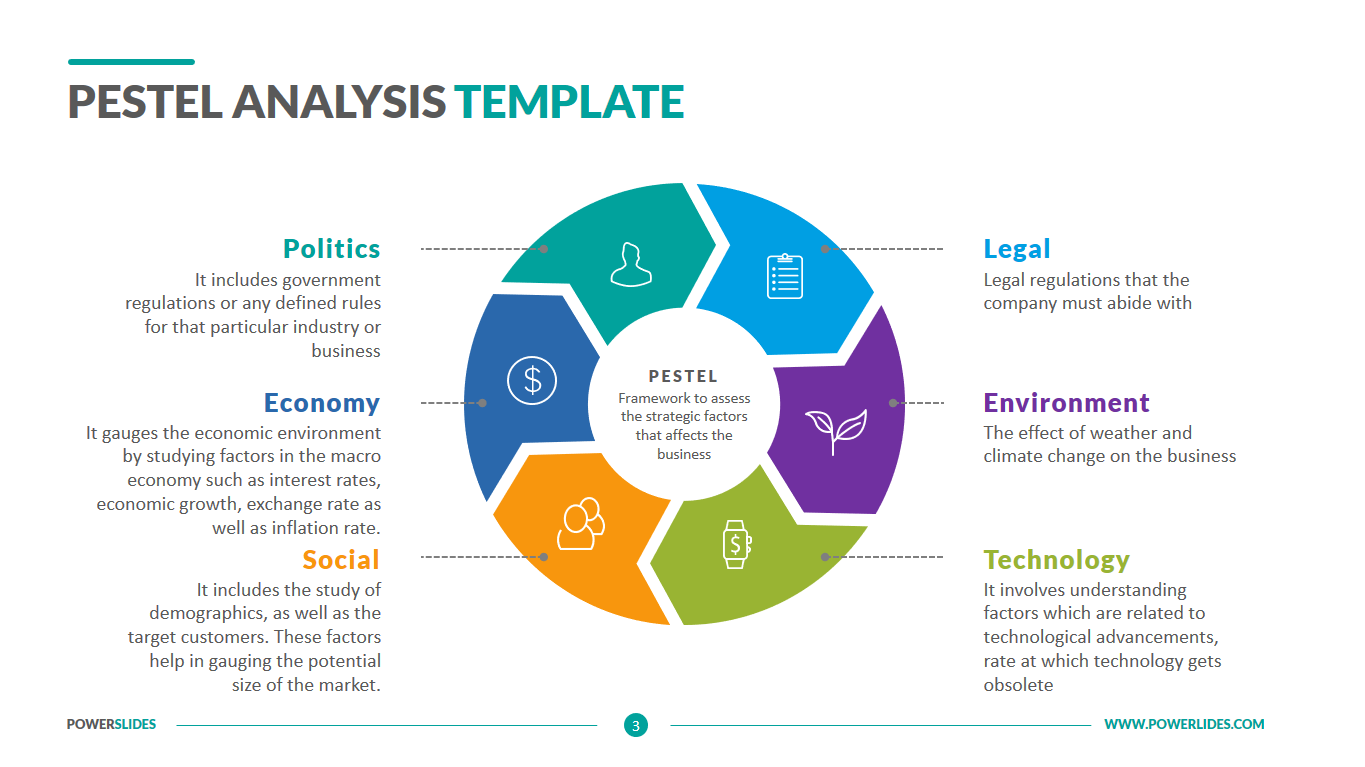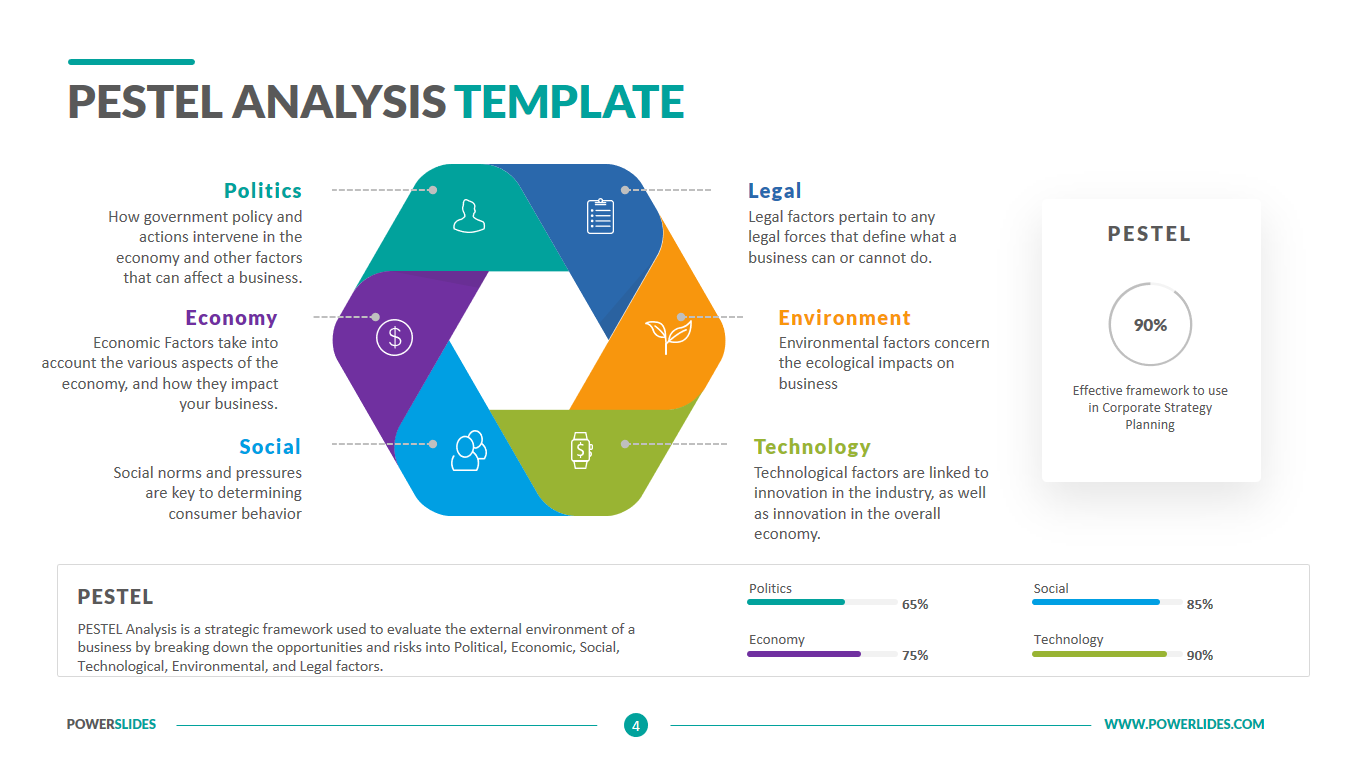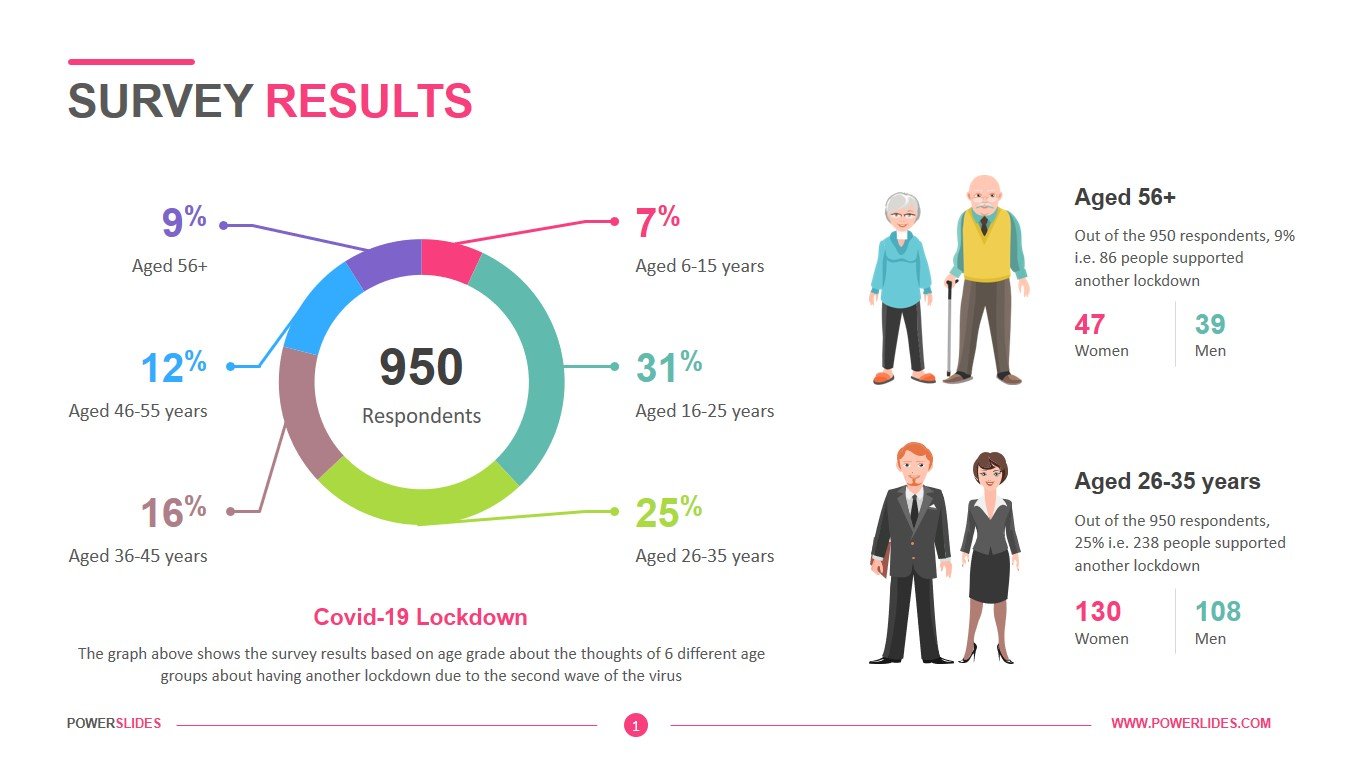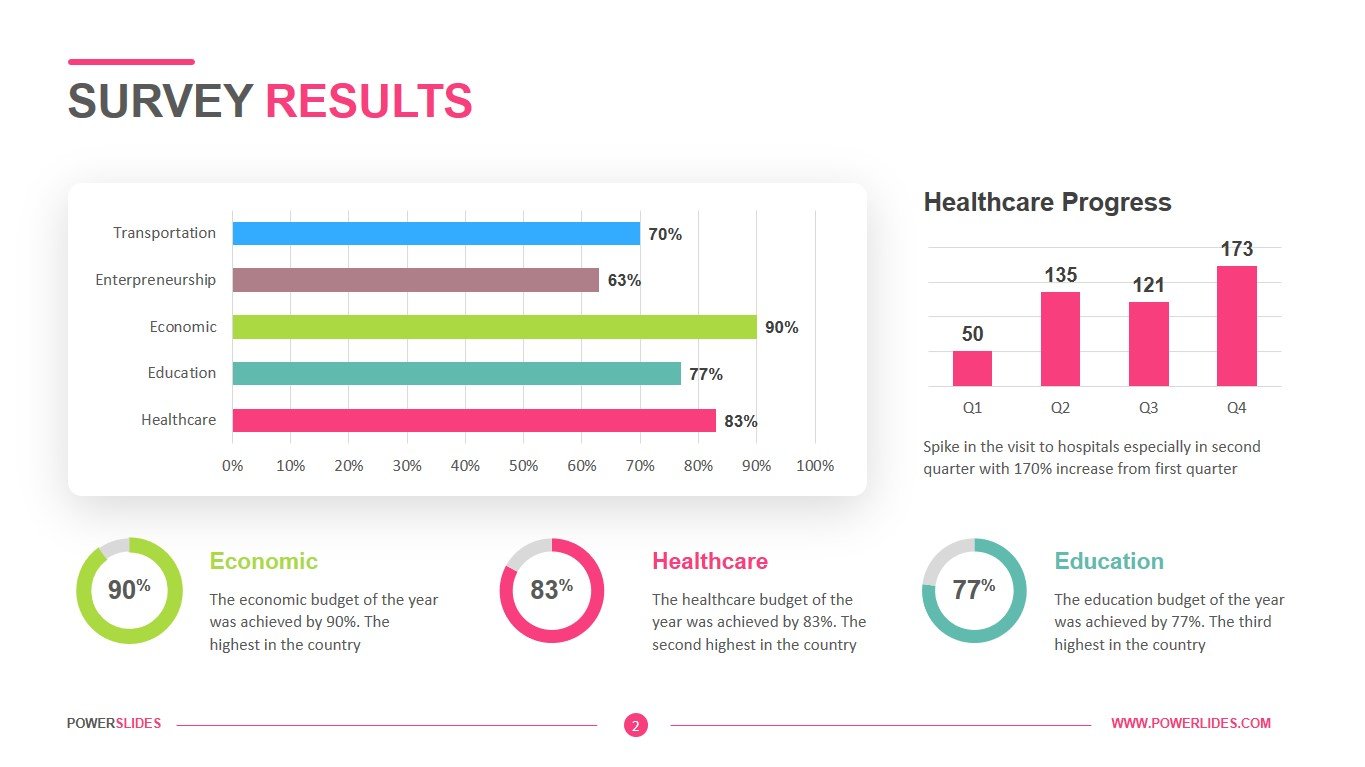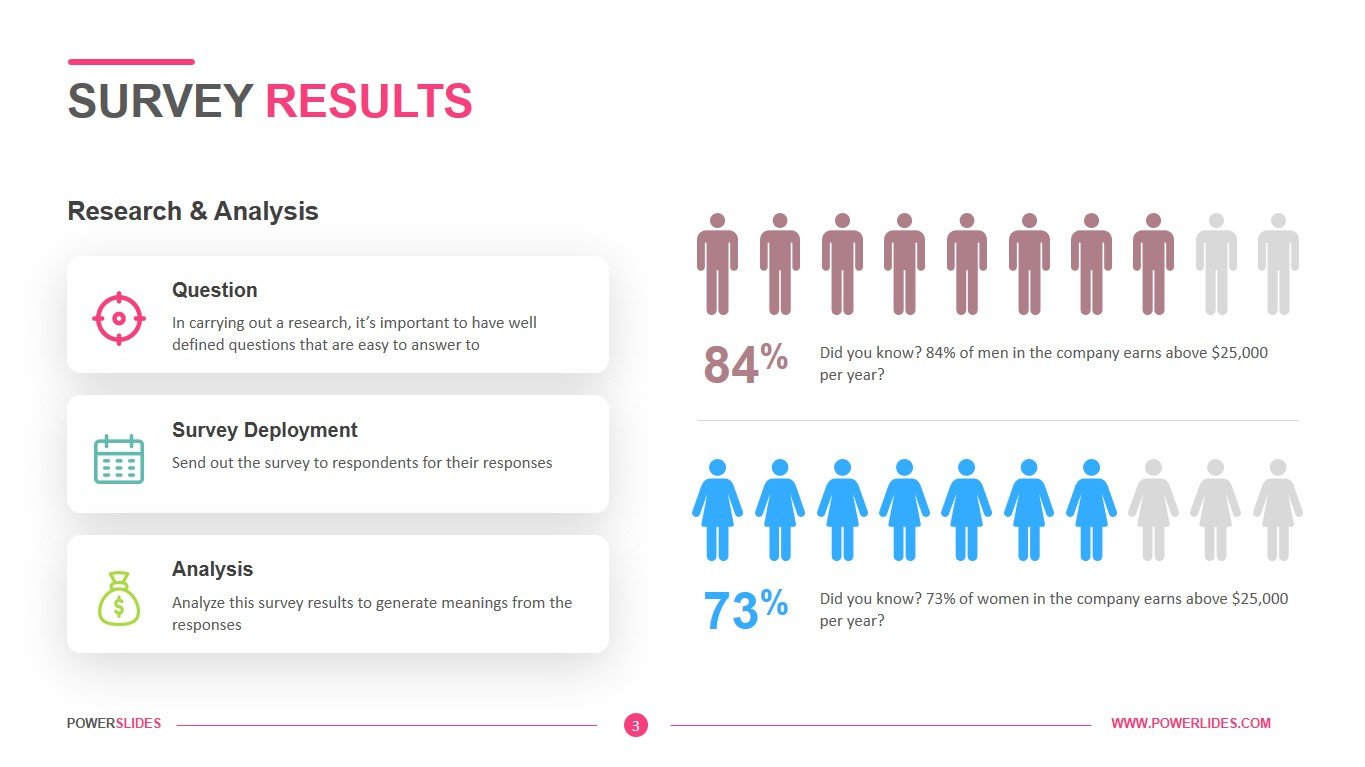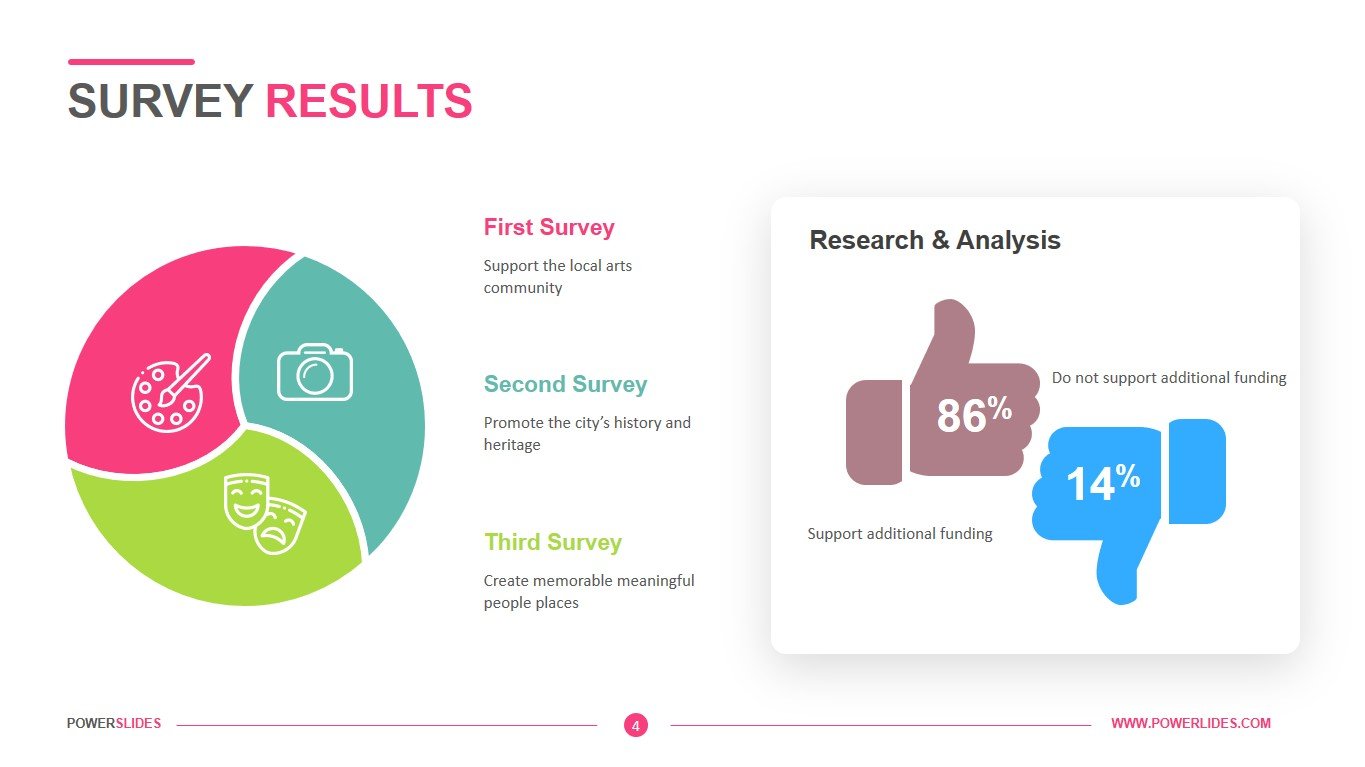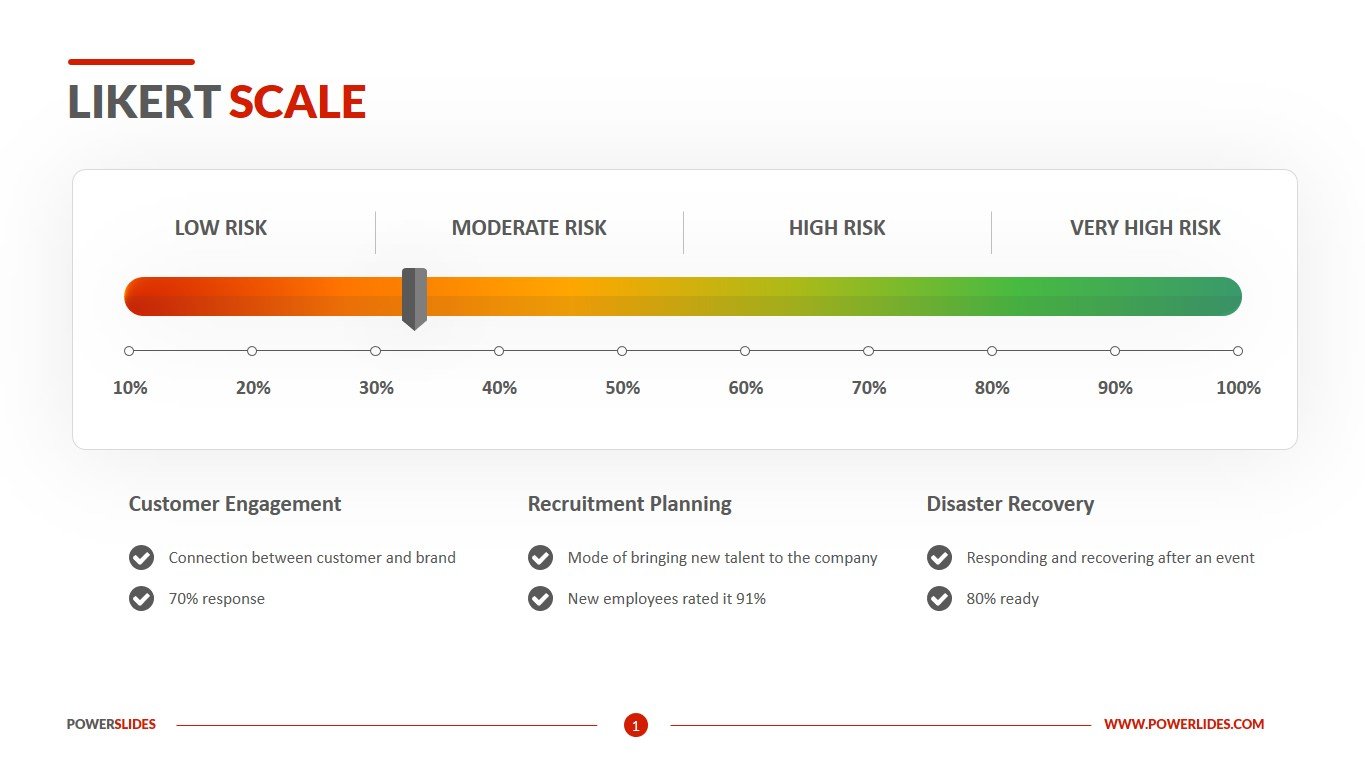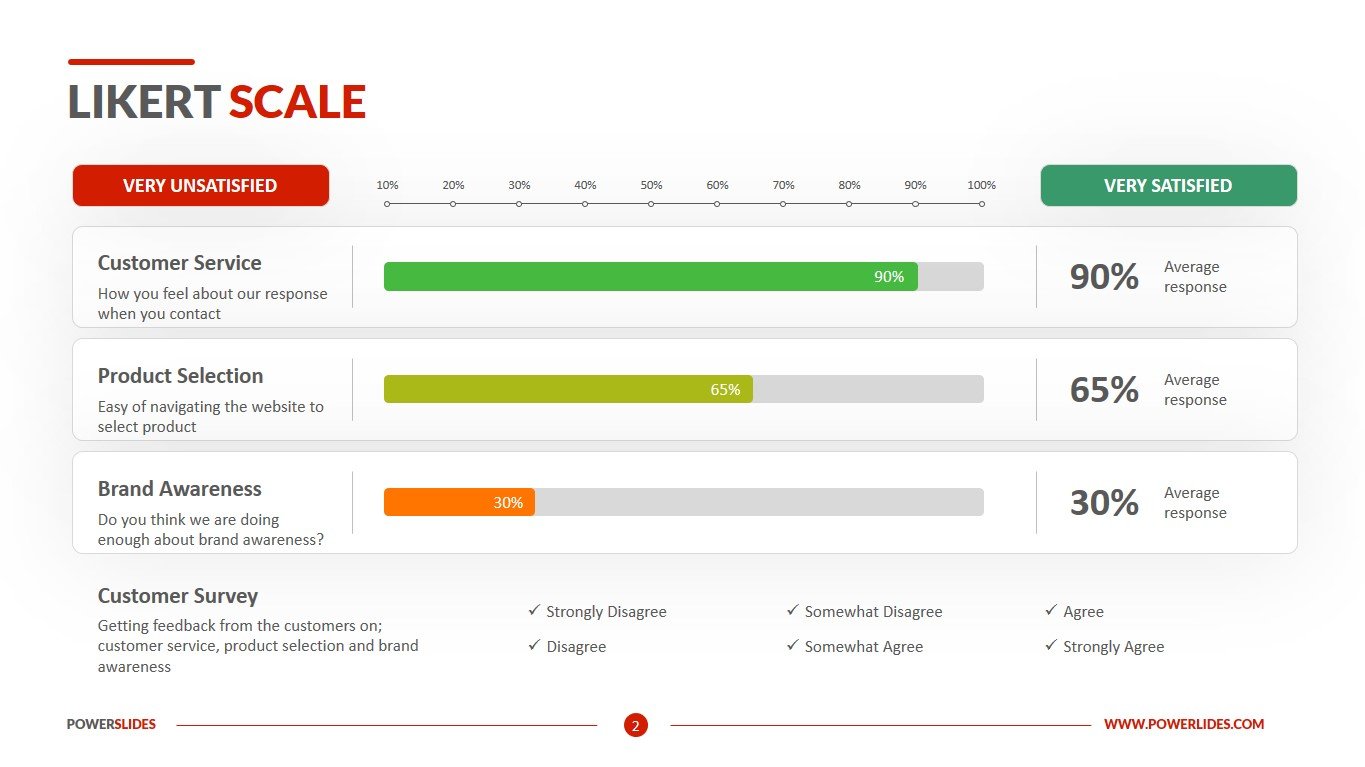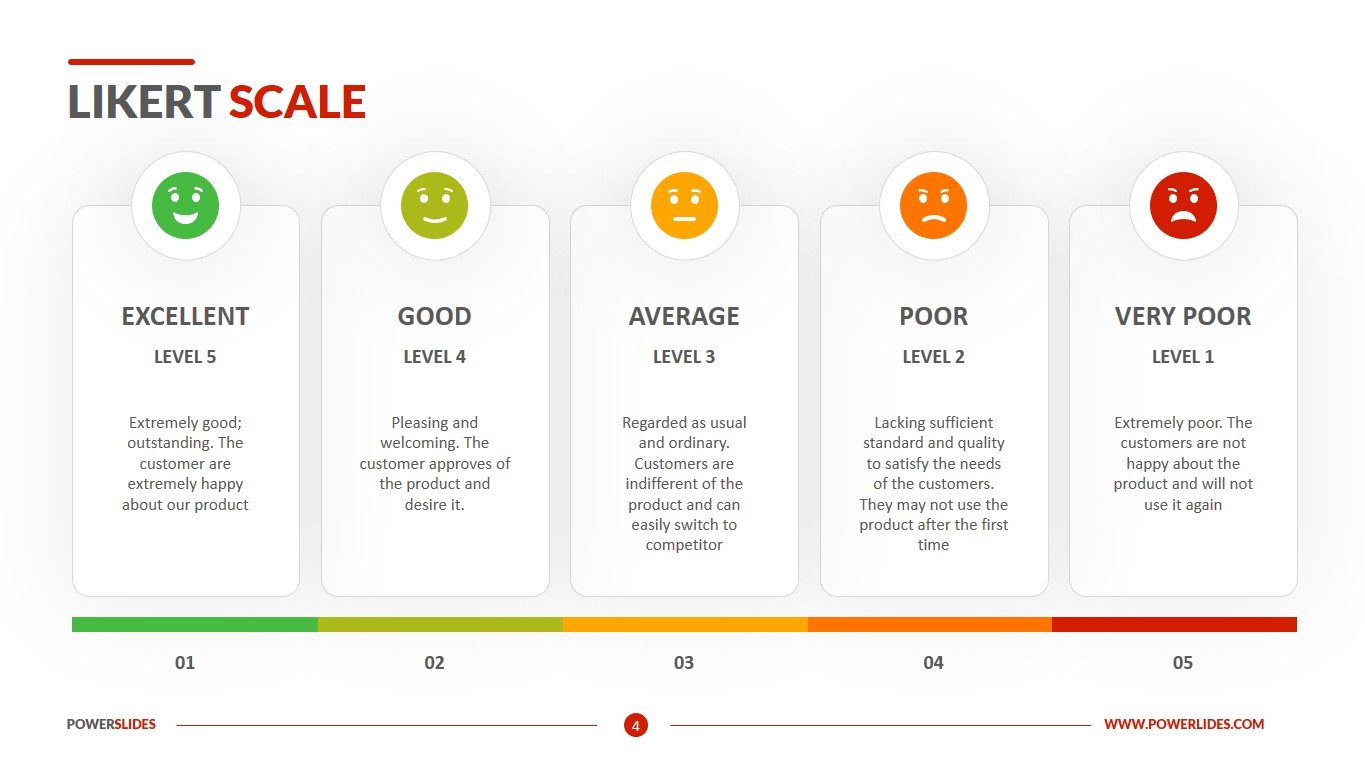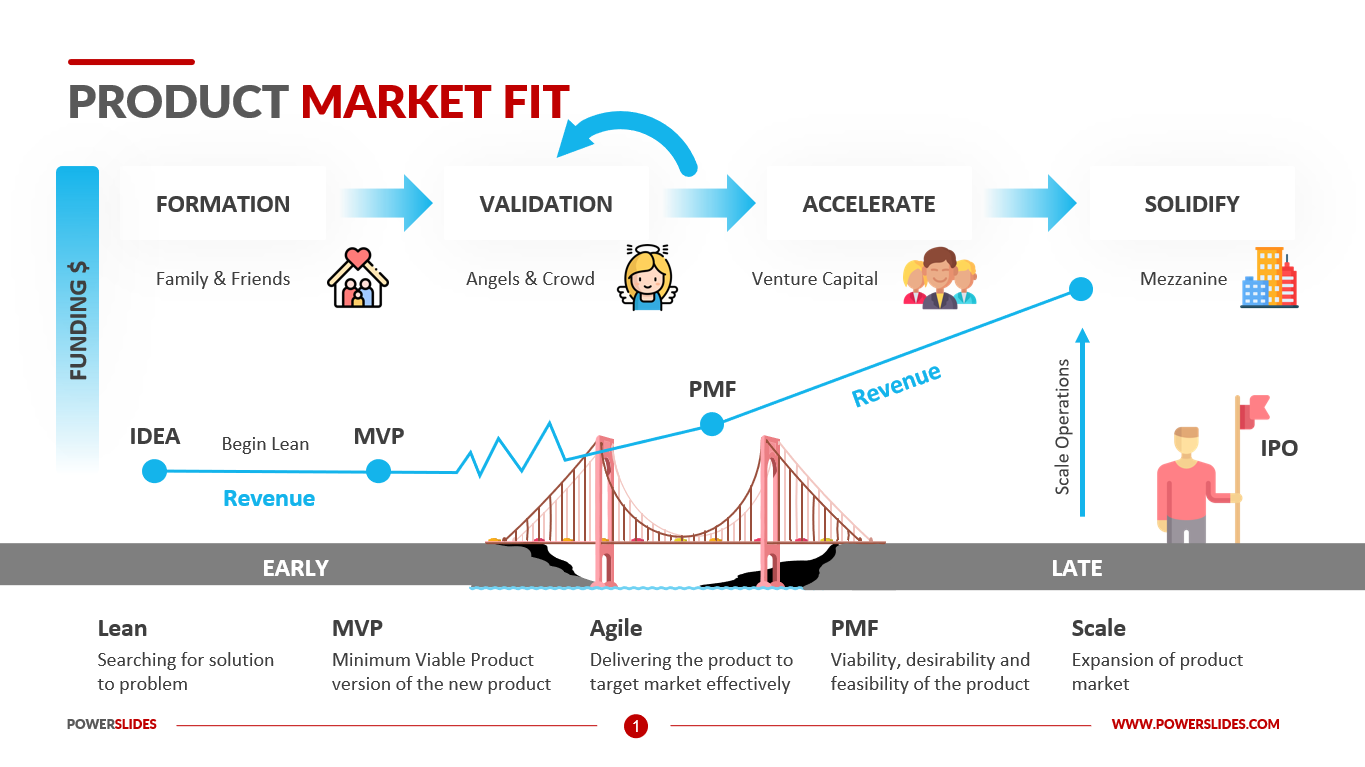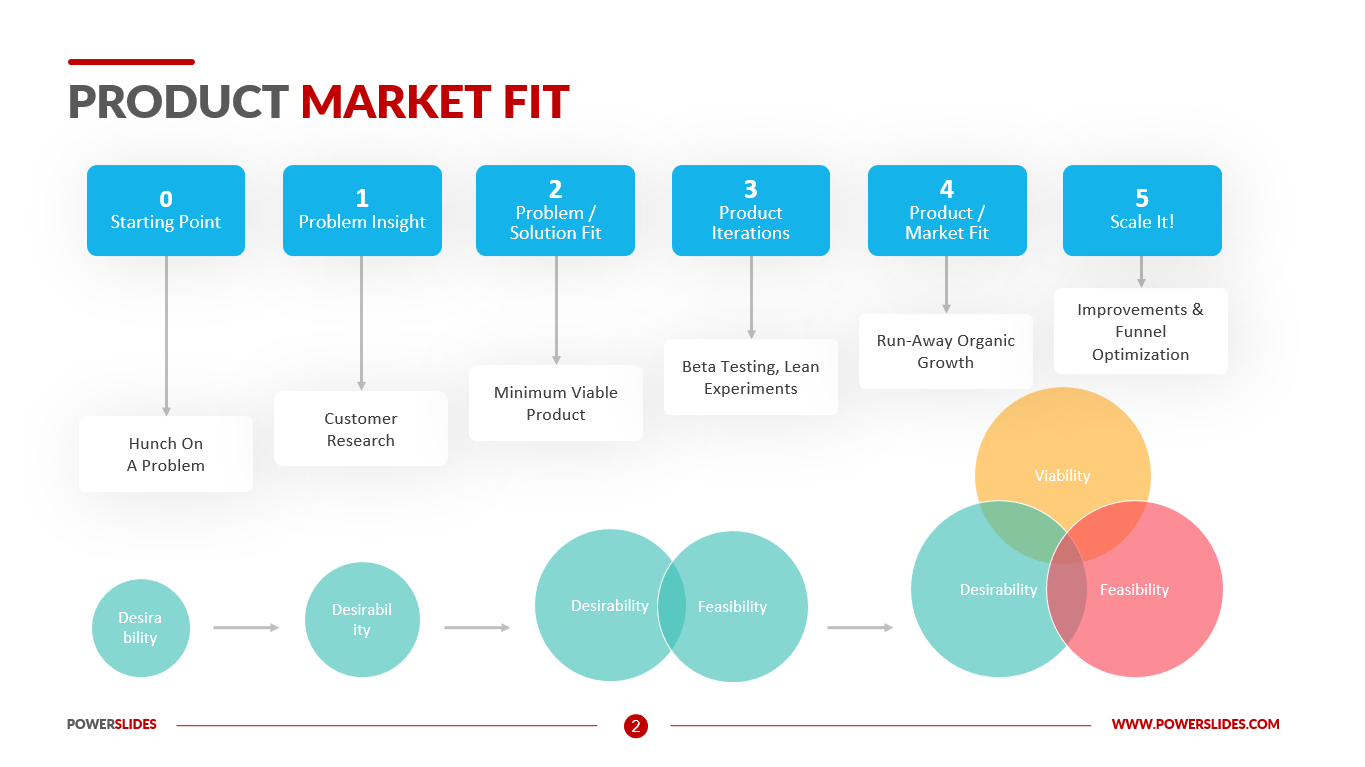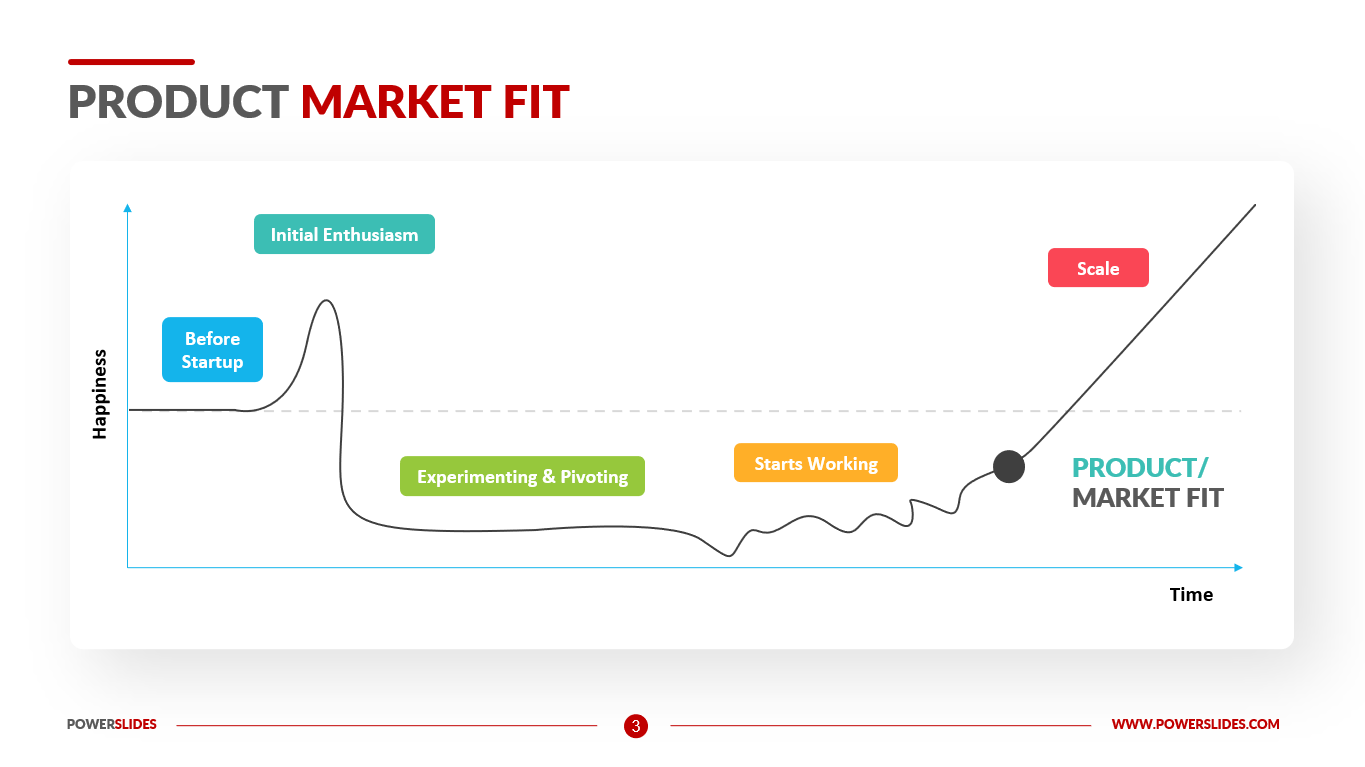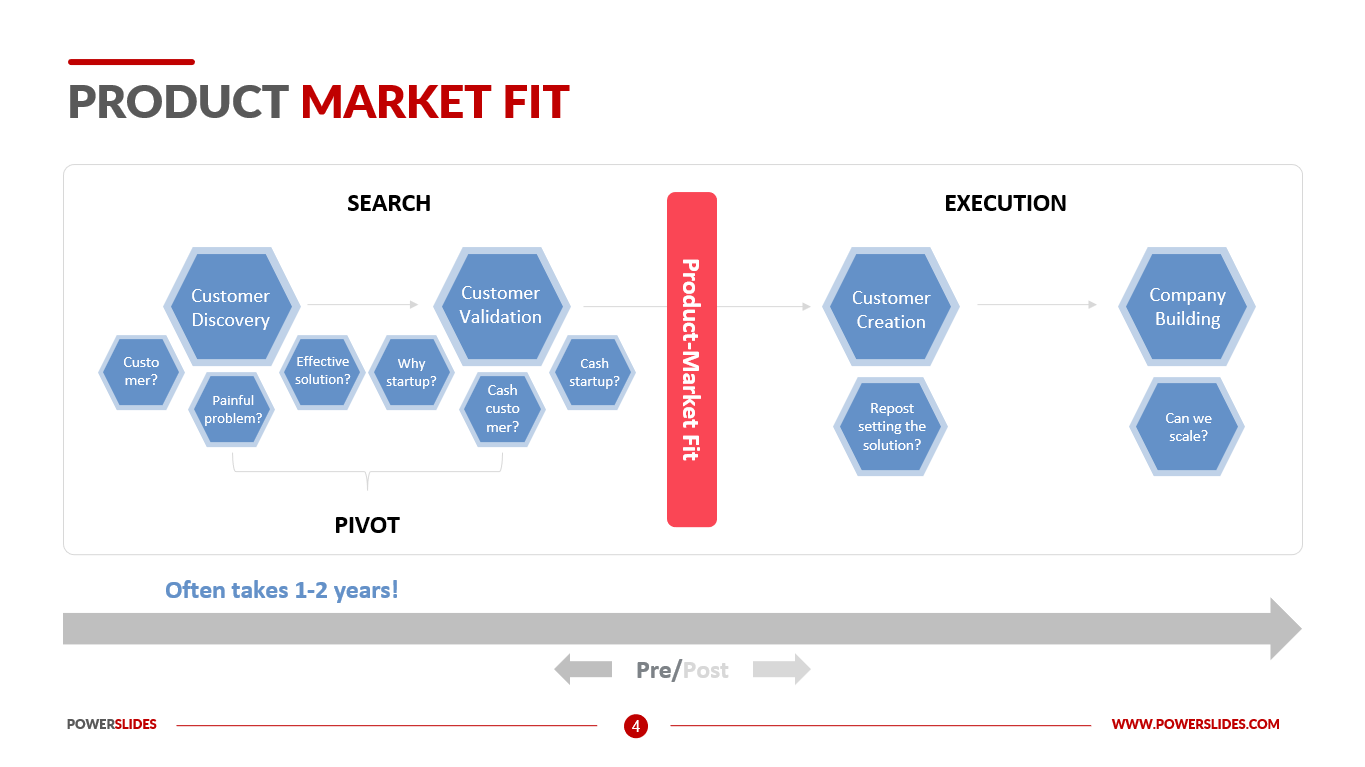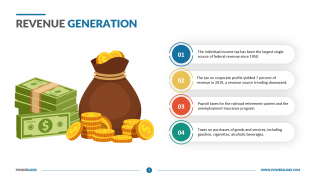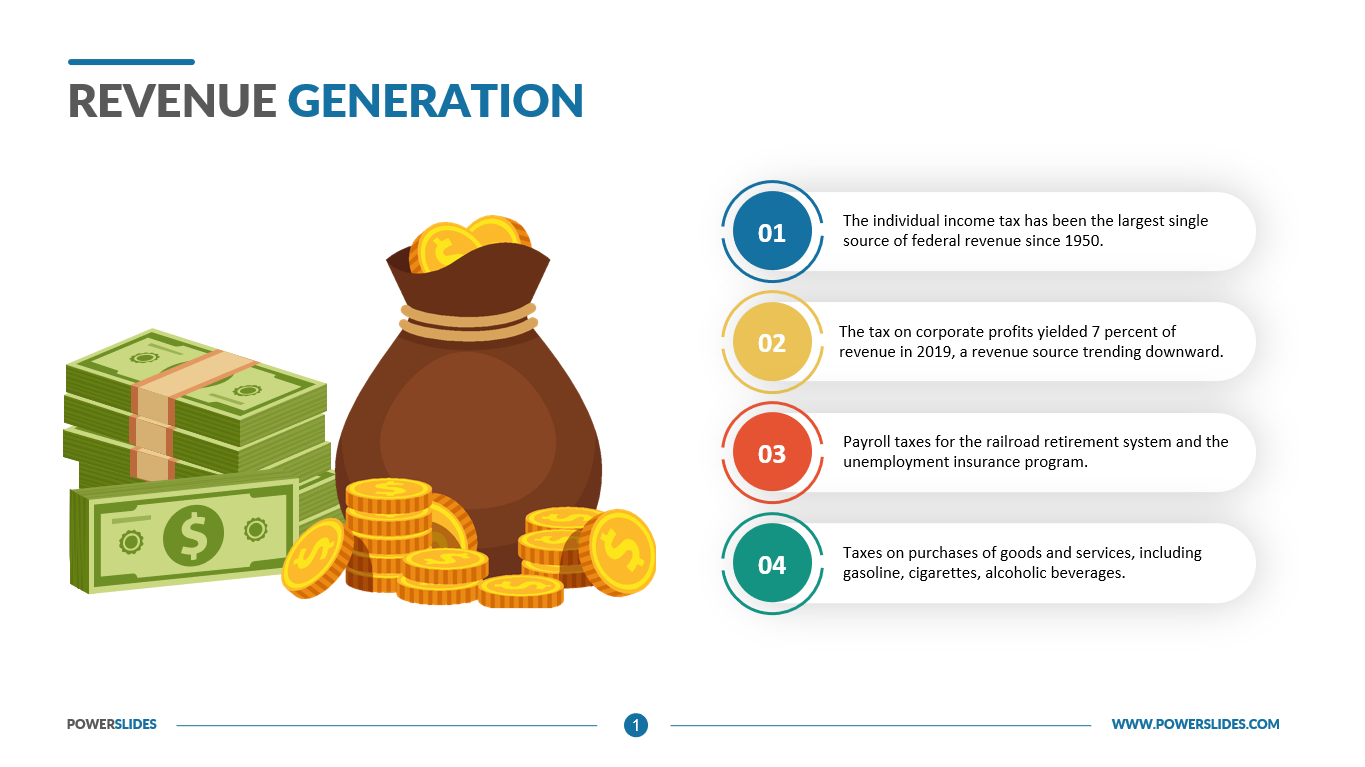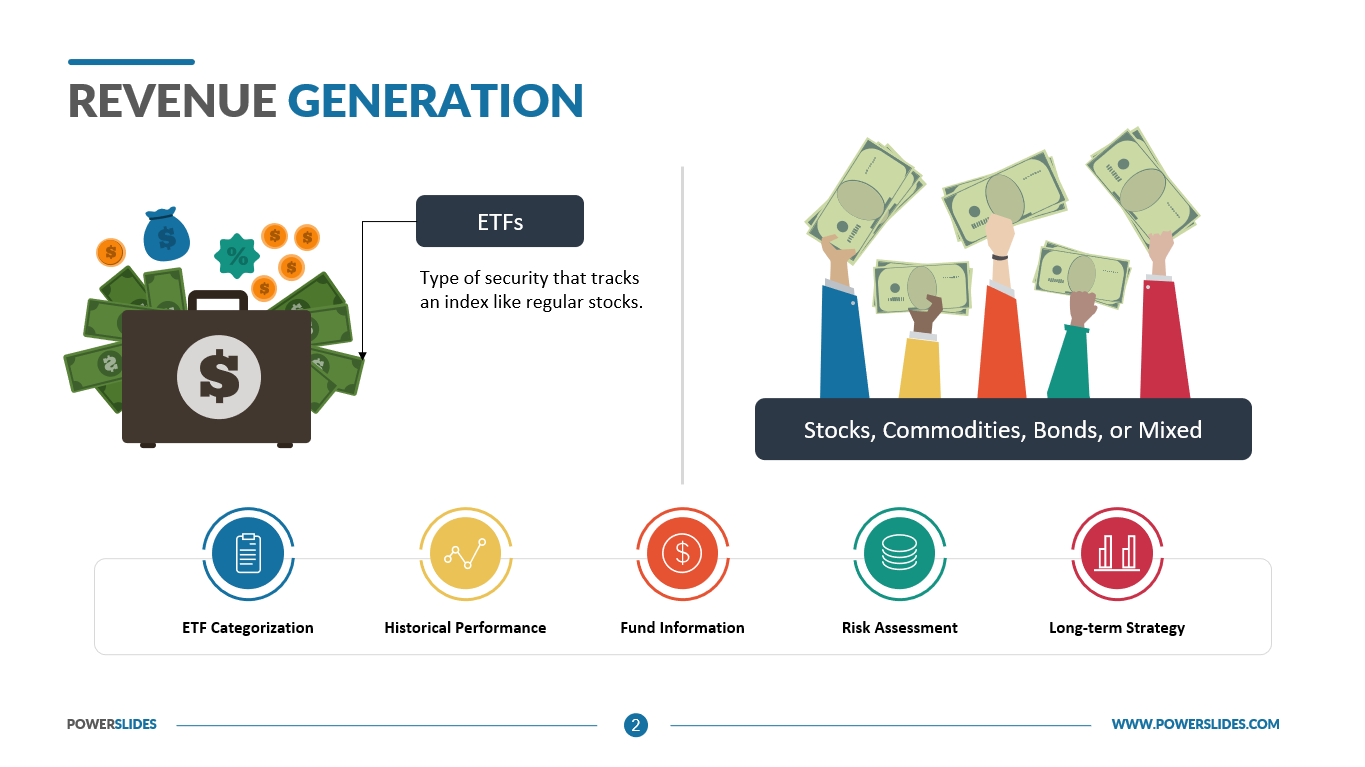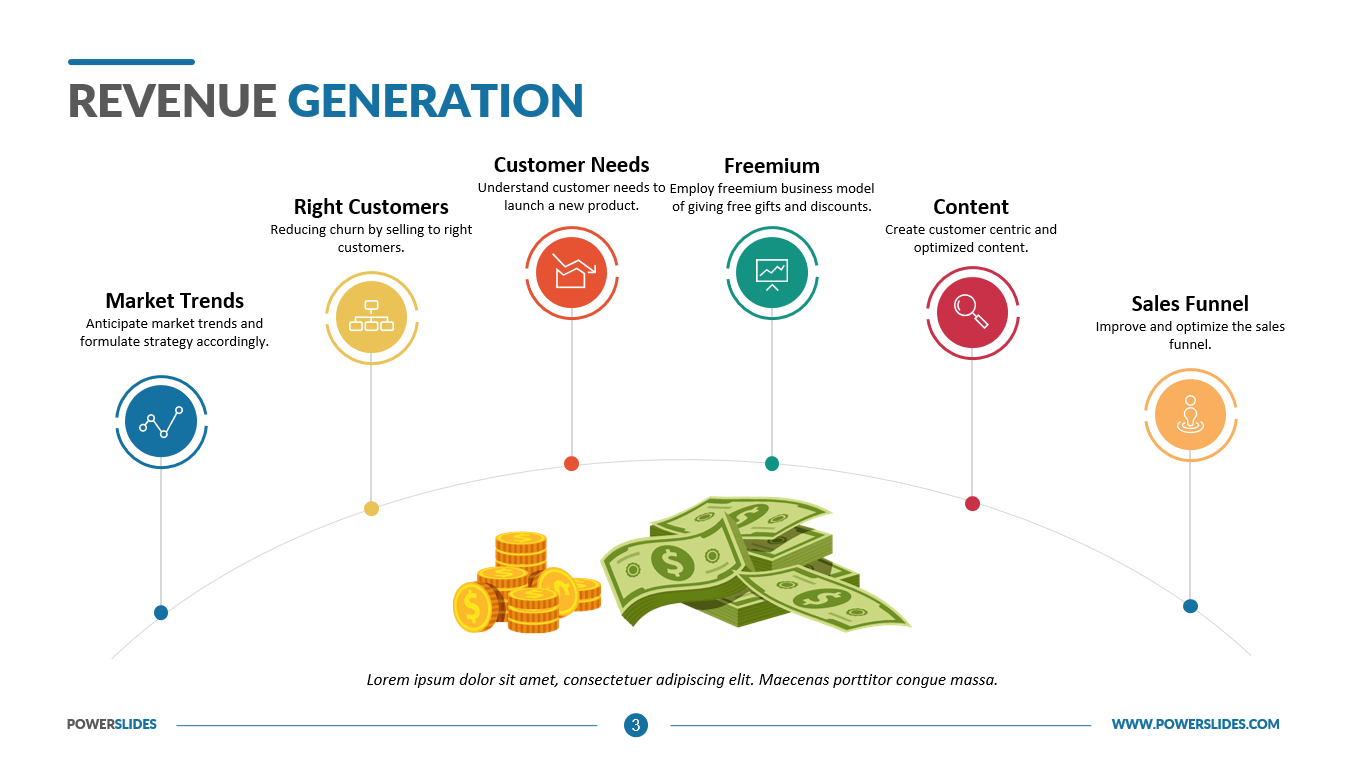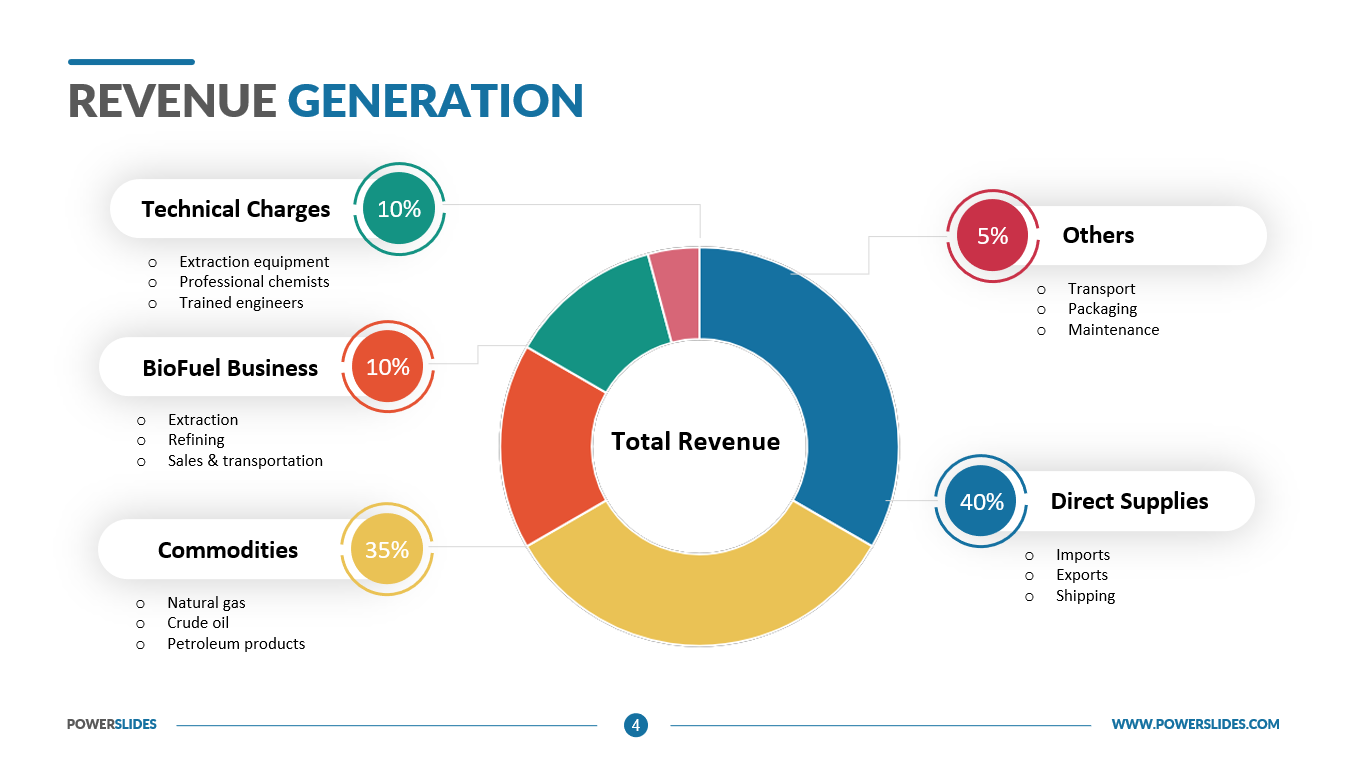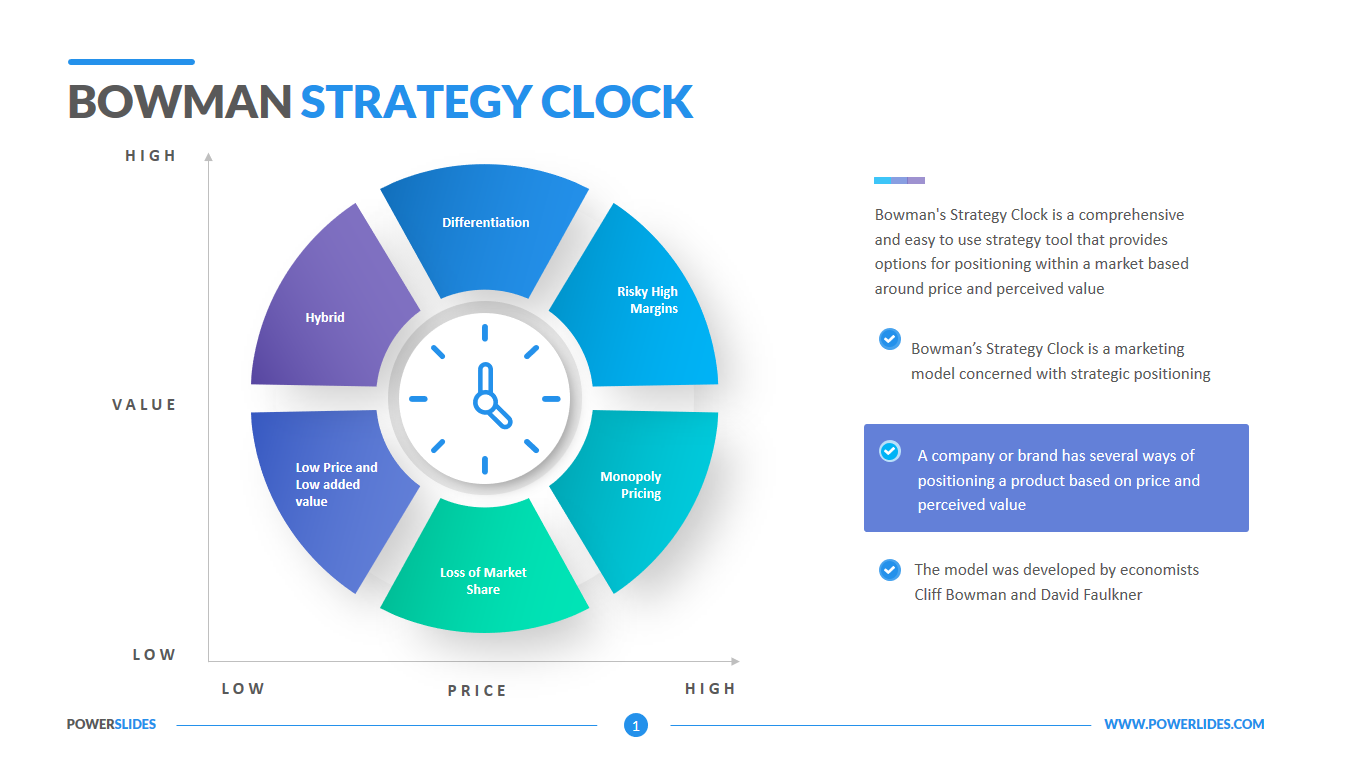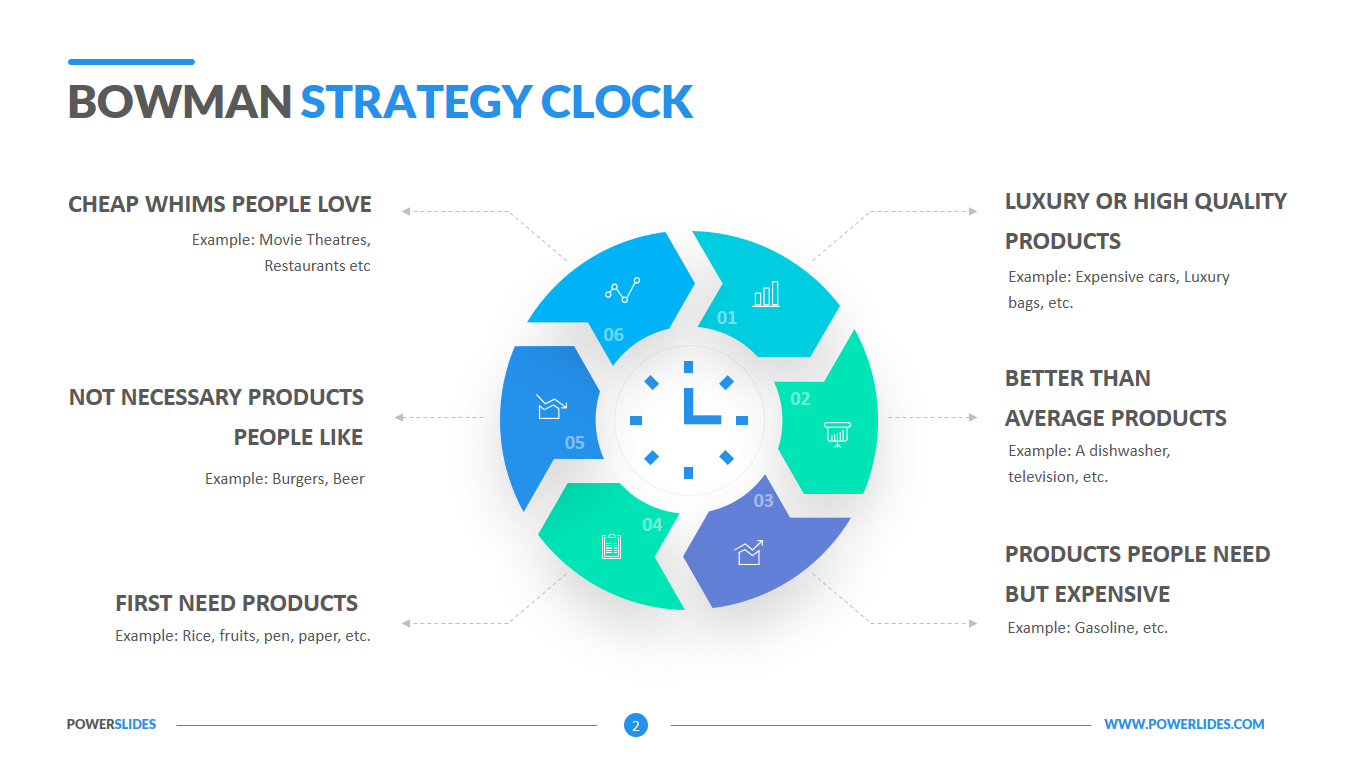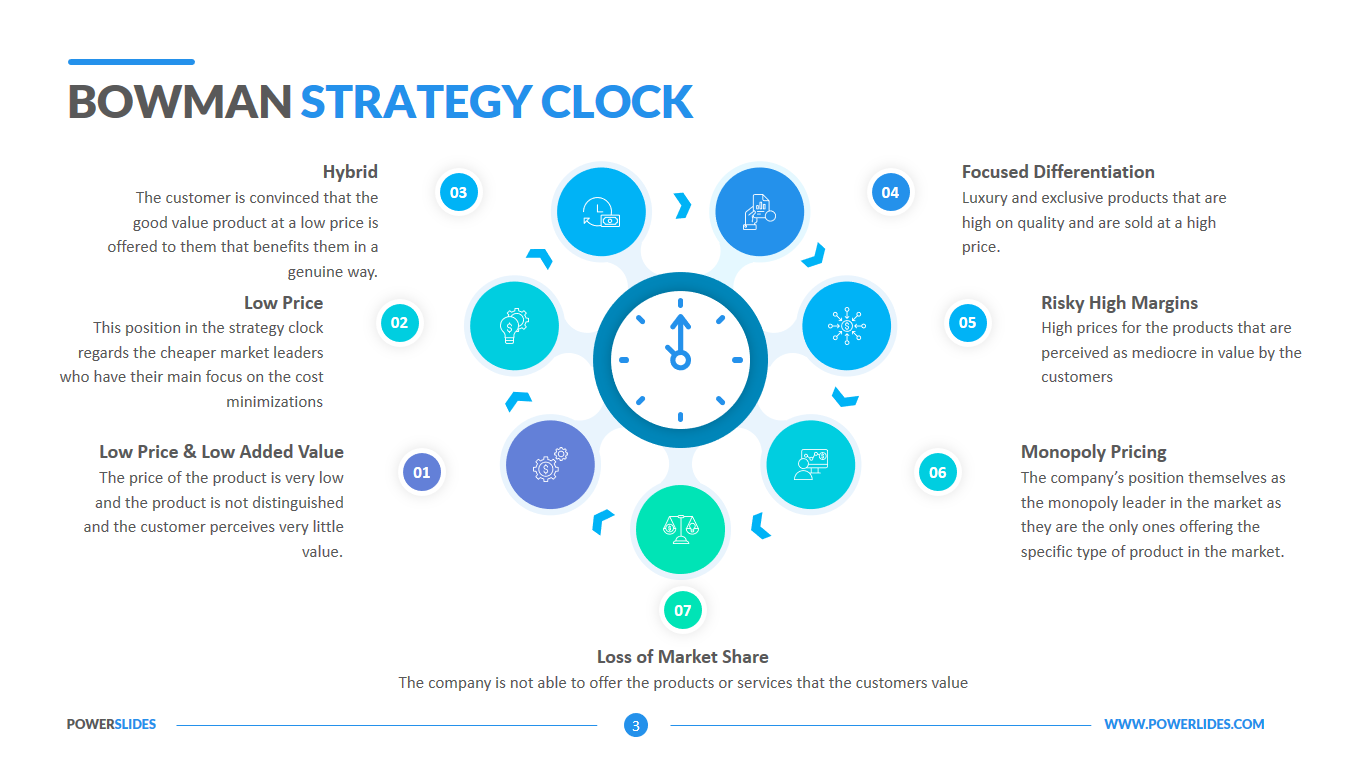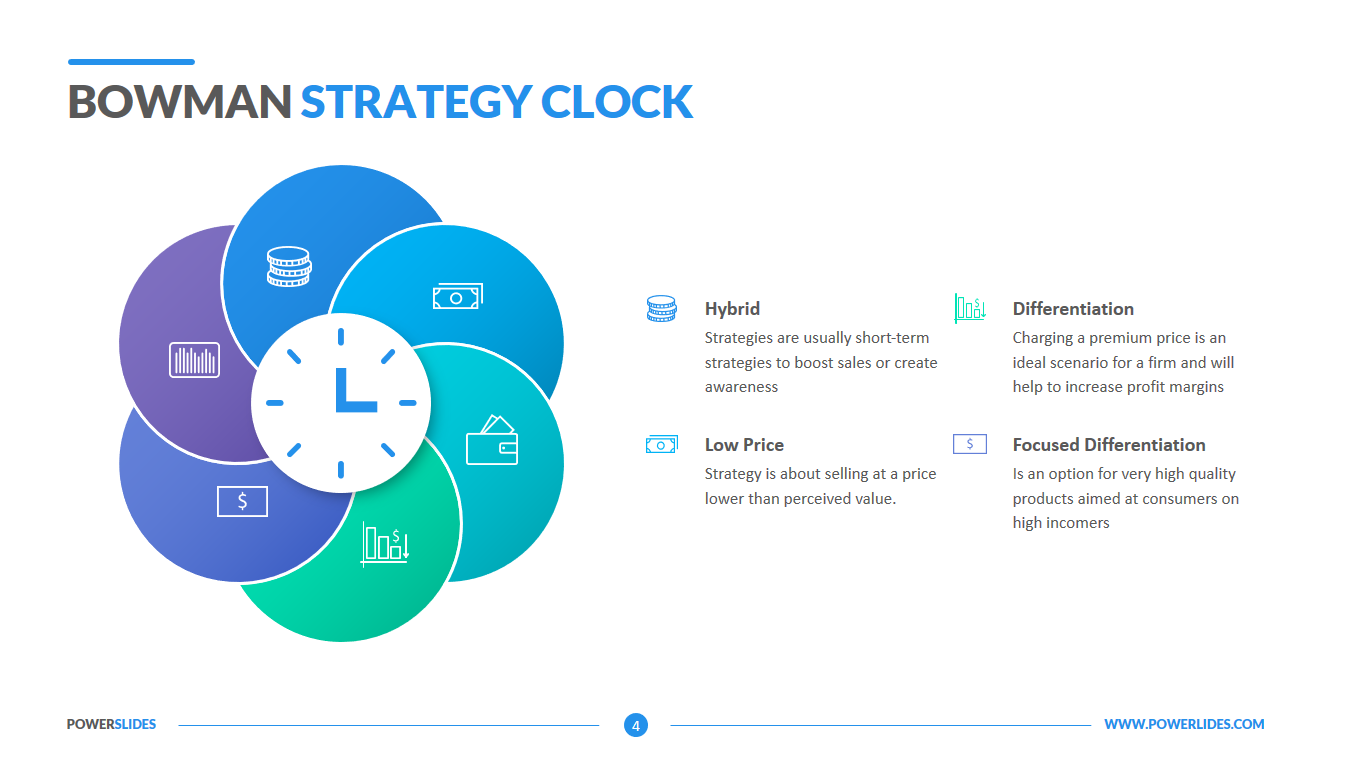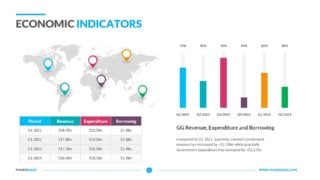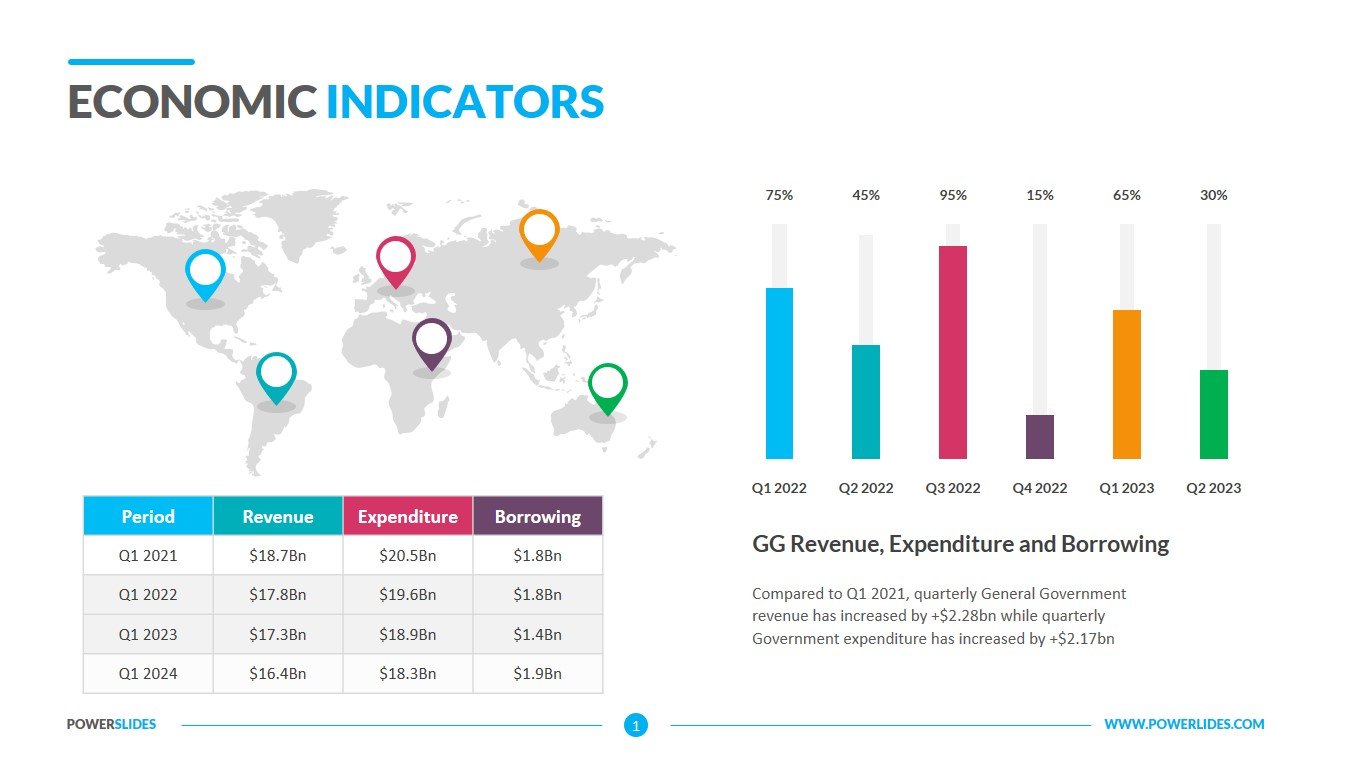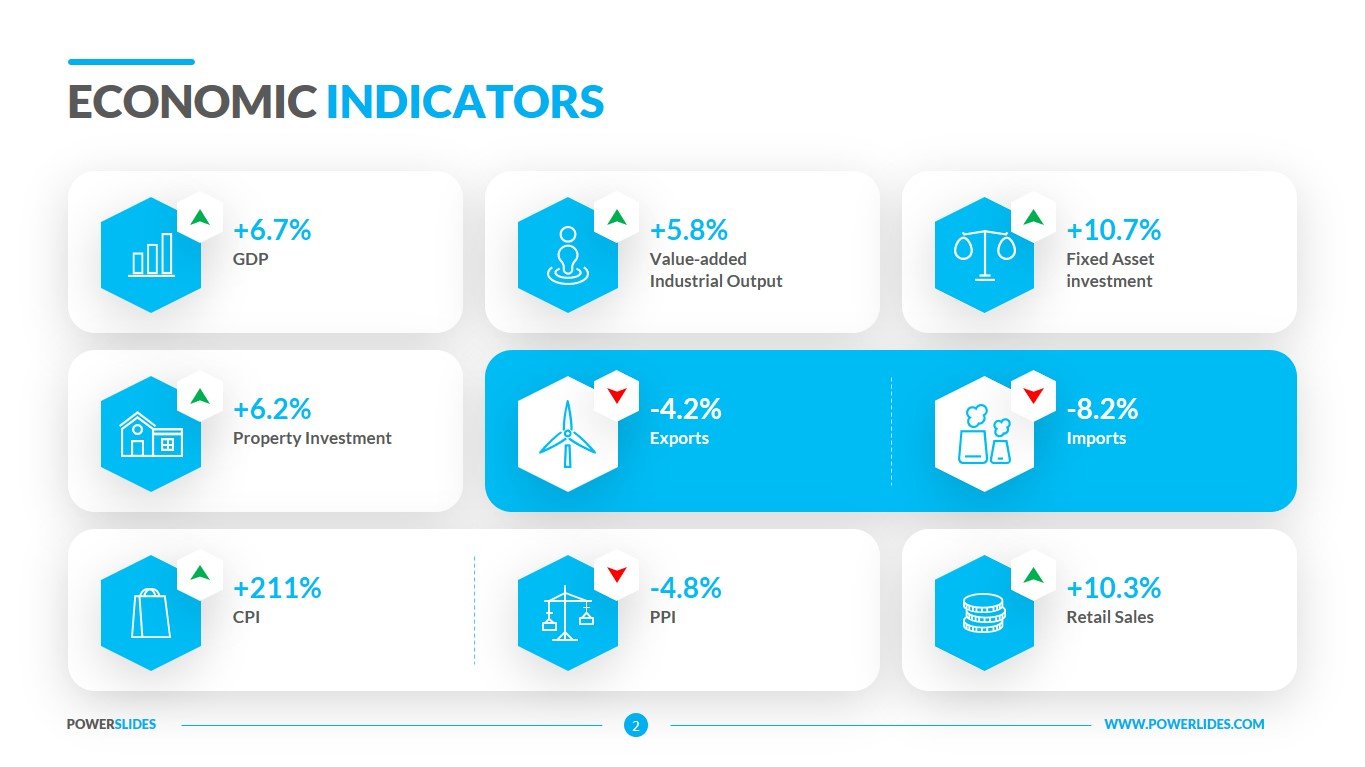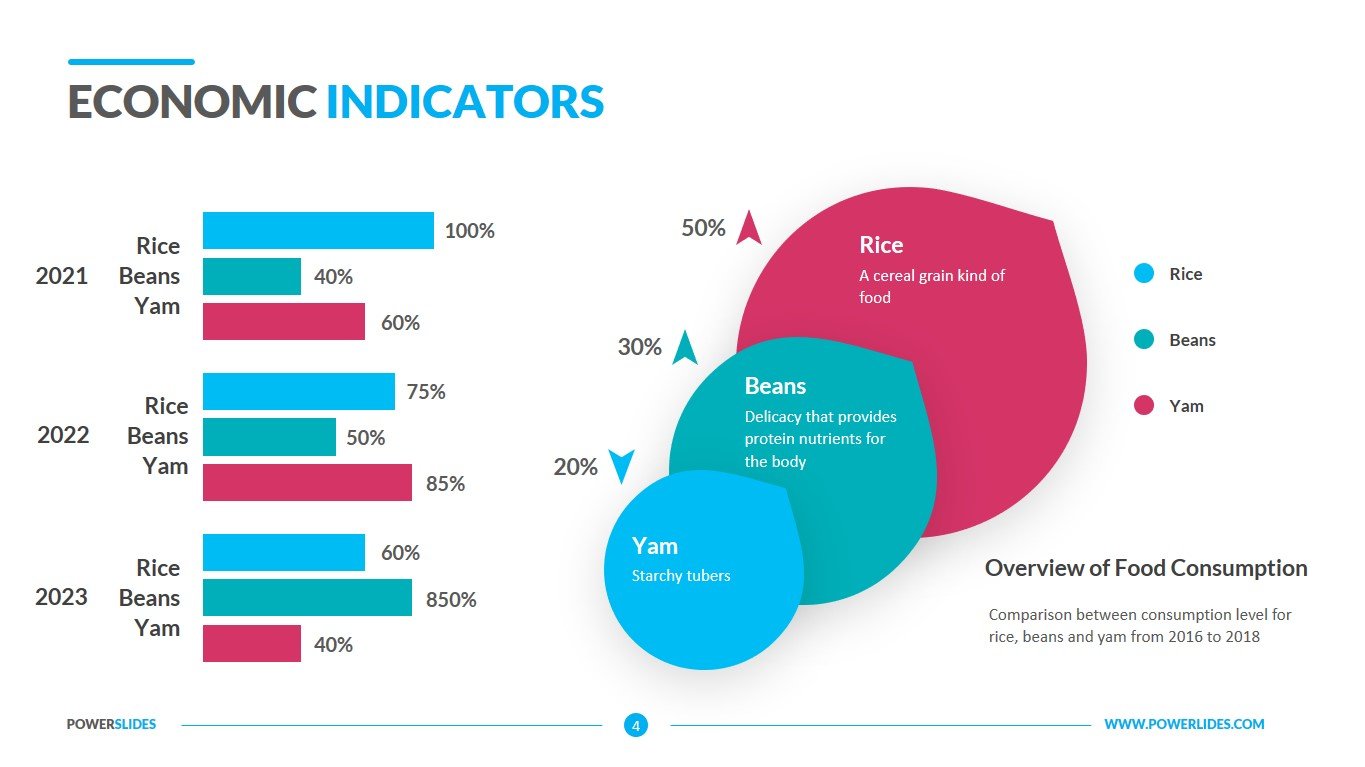Feasibility of Options
 6 Slides
6 Slides
 File size: 16:9
File size: 16:9 
 Fonts: Lato Black, Calibri
Fonts: Lato Black, Calibri
 Supported version
PPT 2010, PPT 2013, PPT 2016
Supported version
PPT 2010, PPT 2013, PPT 2016
Product details
An analysis of project feasibility and options serves as a great way to identify and explore the most cost-effective alternative approaches or options that make a project technically feasible, effective within estimated costs, and profitable. This kind of project analysis is carried out at the initial stages when the project is defined and evaluated. Feasibility and option analysis ensures that selected options maintain the project objectives and contribute to successful delivery of the project product.
The process of analysing project feasibility and options aims to explore all feasible alternatives and provide evidence that the proposed project choice can actually be implemented with the best option available among all feasible alternatives.
Obviously, the analysis process consists of two components or stages, Option Analysis and Feasibility Analysis.
Describe a baseline scenario identifies the business as usual projection. The baseline scenario explains a no-investment situation that comprises incurring operational and maintenance costs within already existing infrastructures.
Now you must describe a scenario that is obvious for the project and requires minimum effort and cost. This step assumes incurring certain insignificant investment outlays that go beyond the existing operational and maintenance costs.
Demand analysis aims to formulate a hypothesis about the project’s capacity and size which are defined by either current demand or forecast demand. For each of the identified options you need to conduct demand analysis and find out which option ensure the most suitable capacity and size of the project in terms of current or future demand.
Every alternative is feasible within certain limits or boundaries which define brad scope. When determining and comparing broad scope of the available project options, try to figure out the following – Inclusions, exclusions, assumptions, constraints, User requirements, Issues to be resolved, Deliverables.
Perform cost-effectiveness analysis requires you to make a comparison of the alternatives with a unique common effect. The goal is to select an option that either minimizes the net present value of costs, or maximizes the output level. The analysis is bets applied to projects with predictable expenses.
This template can be used by planners when reporting on various scenarios. For example, you can describe in detail several options for investing money and determine the advantages and disadvantages for each of them.
Project managers can use this template when preparing for various project workflows. For example, you can define actions in case of a delay in the deadlines for one of the stages of the project. Investment companies can use the slides of this template when preparing analytical reports on various investment options.
Feasibility of Options is a professional and modern template that contains five stylish and fully editable slides. You can change the type and size of the font, color and position of the infographic yourself. This template will be useful for planners, project managers and startups. Feasibility of Options template will complement your old presentations and will be a worthy addition to your collection of professional presentations.



 (4.50/ 5)
(4.50/ 5)

